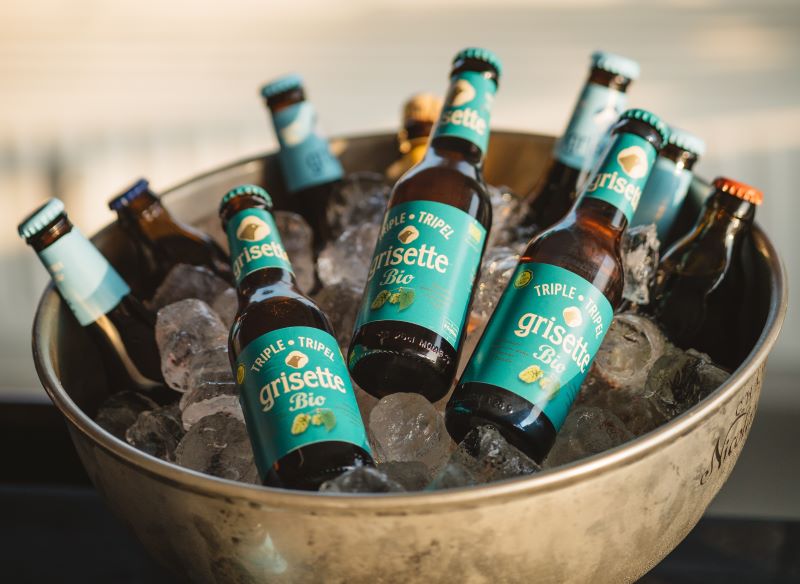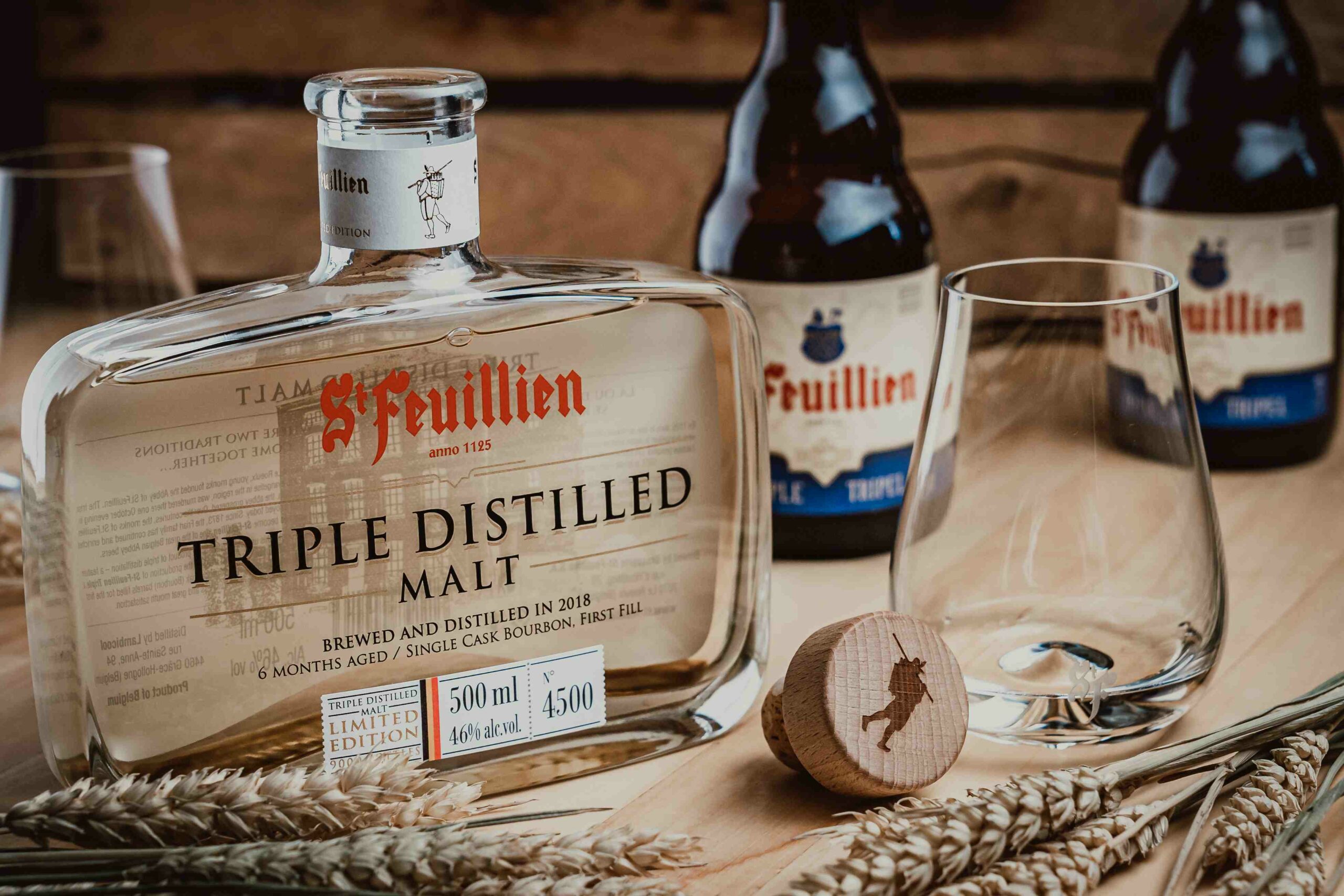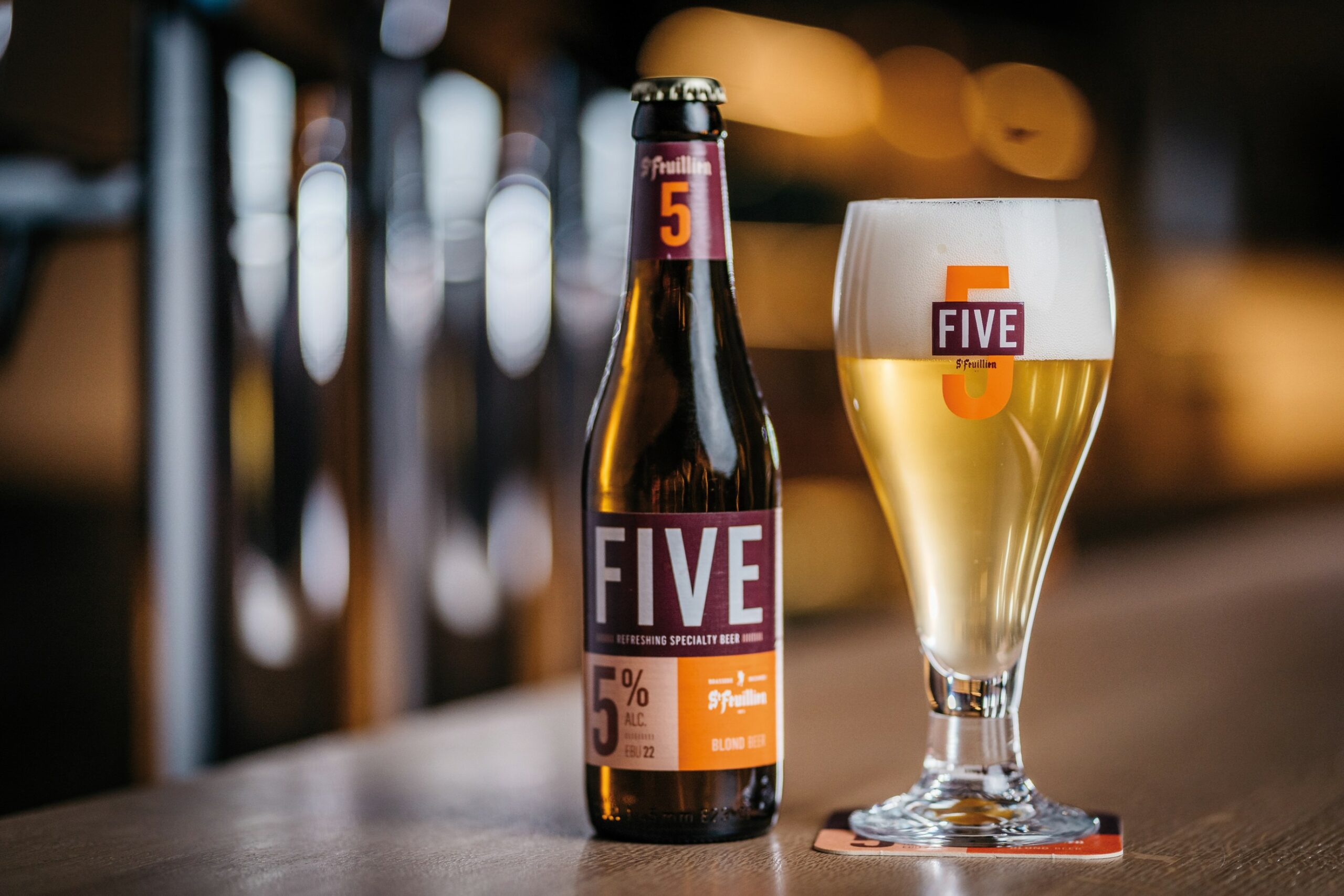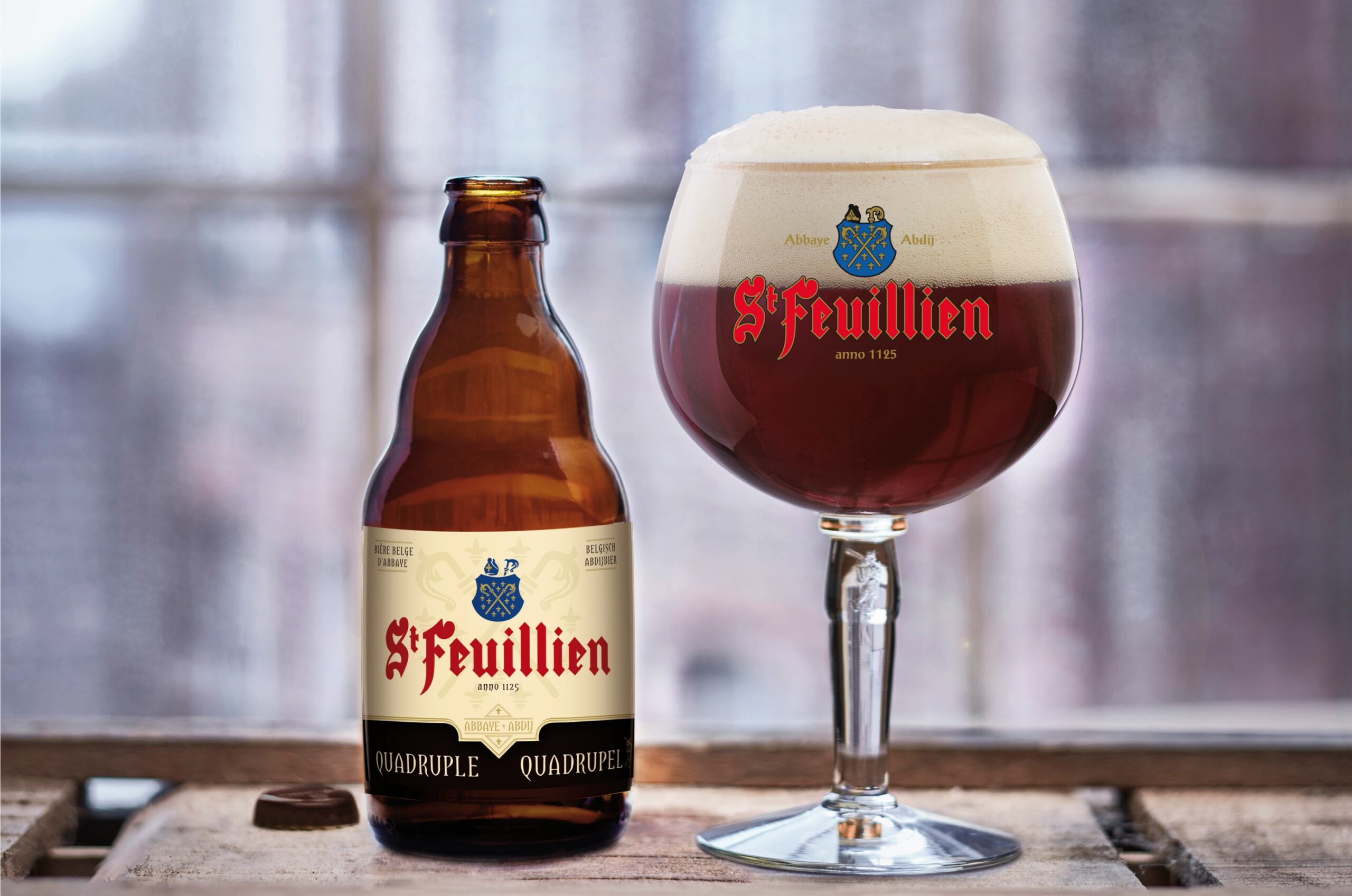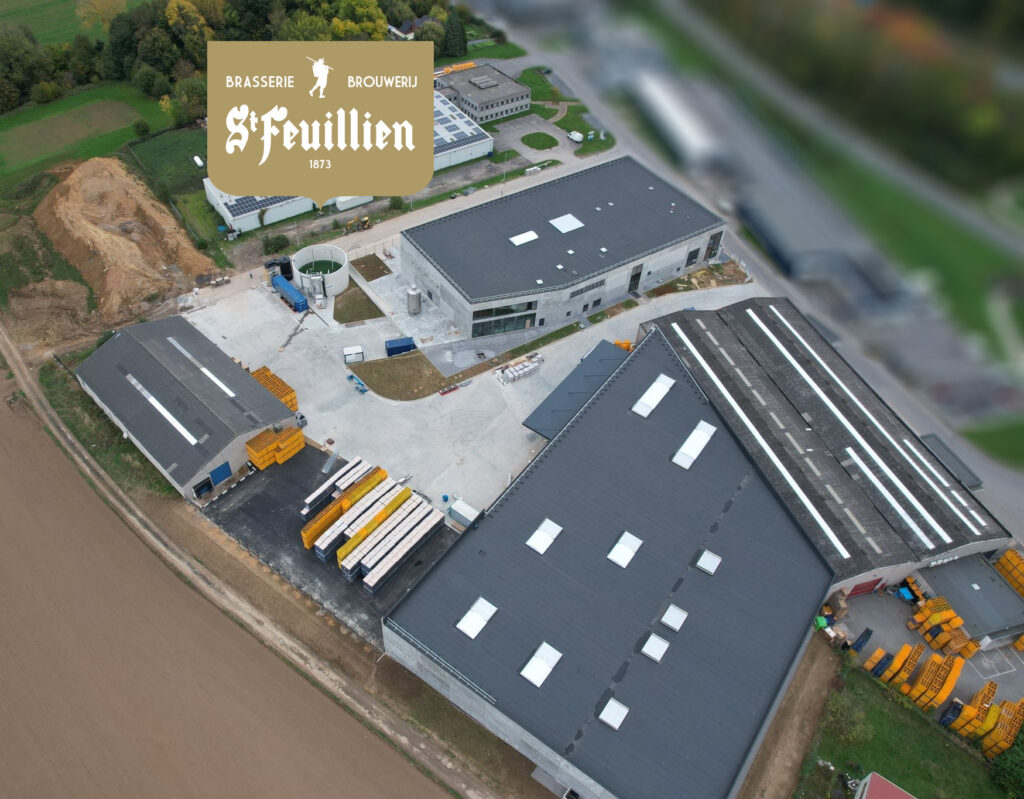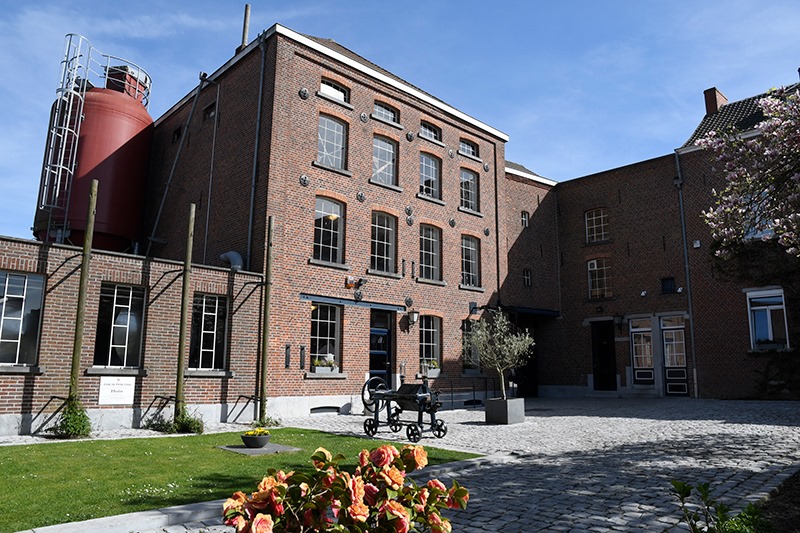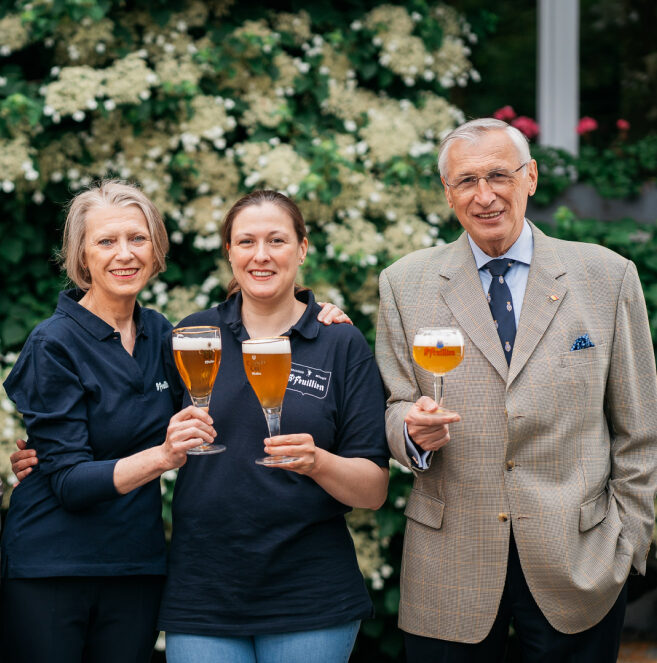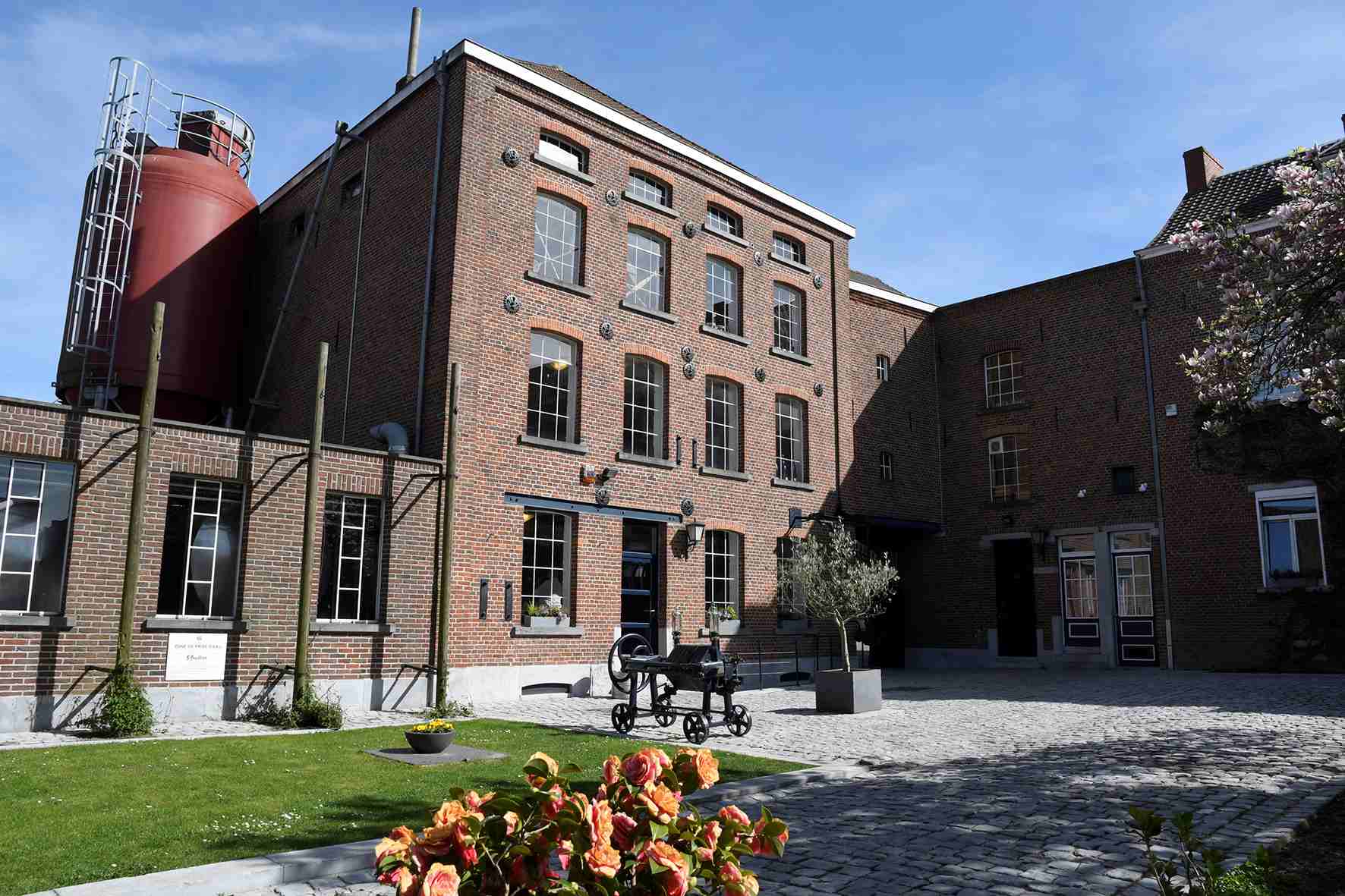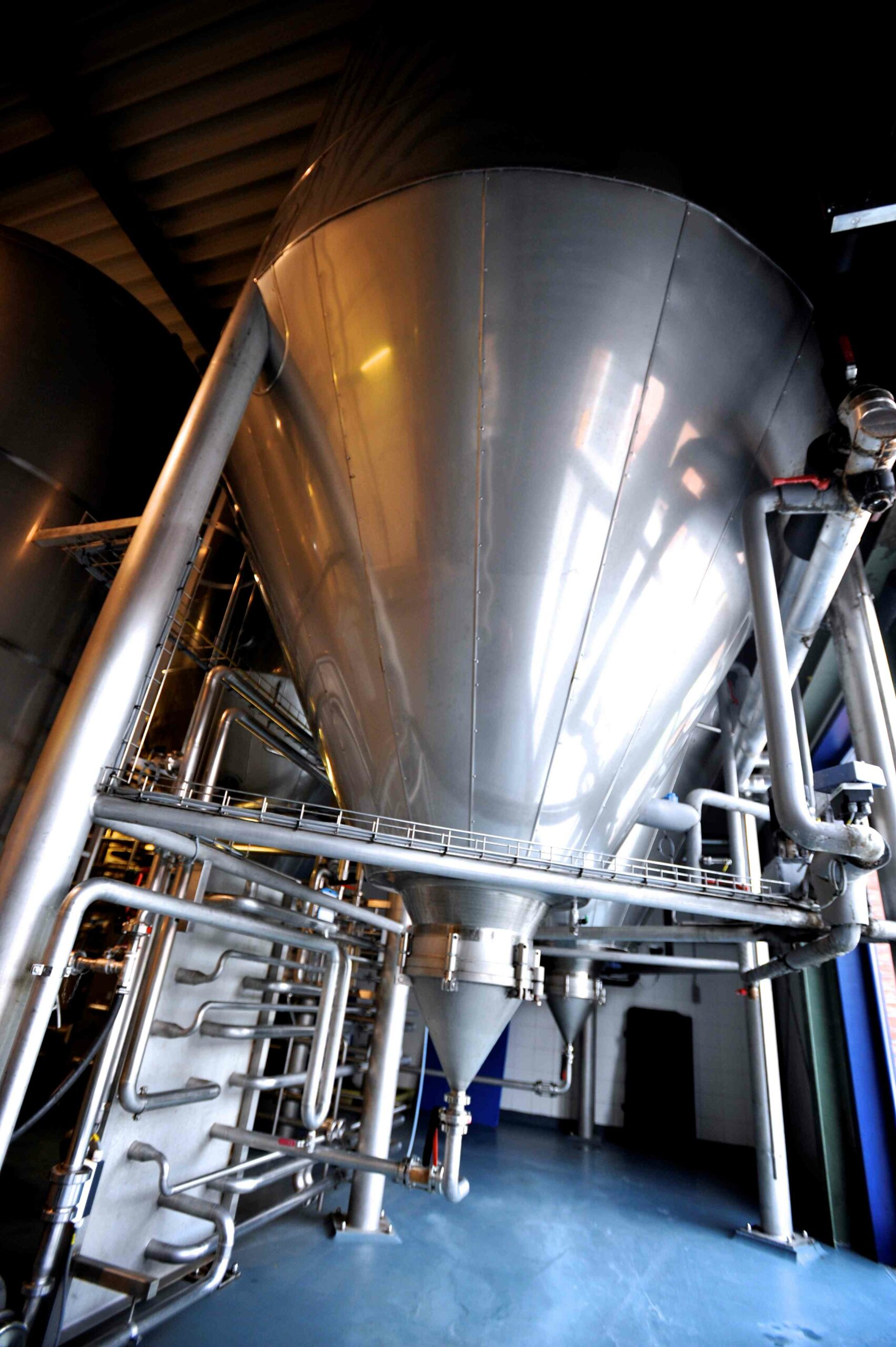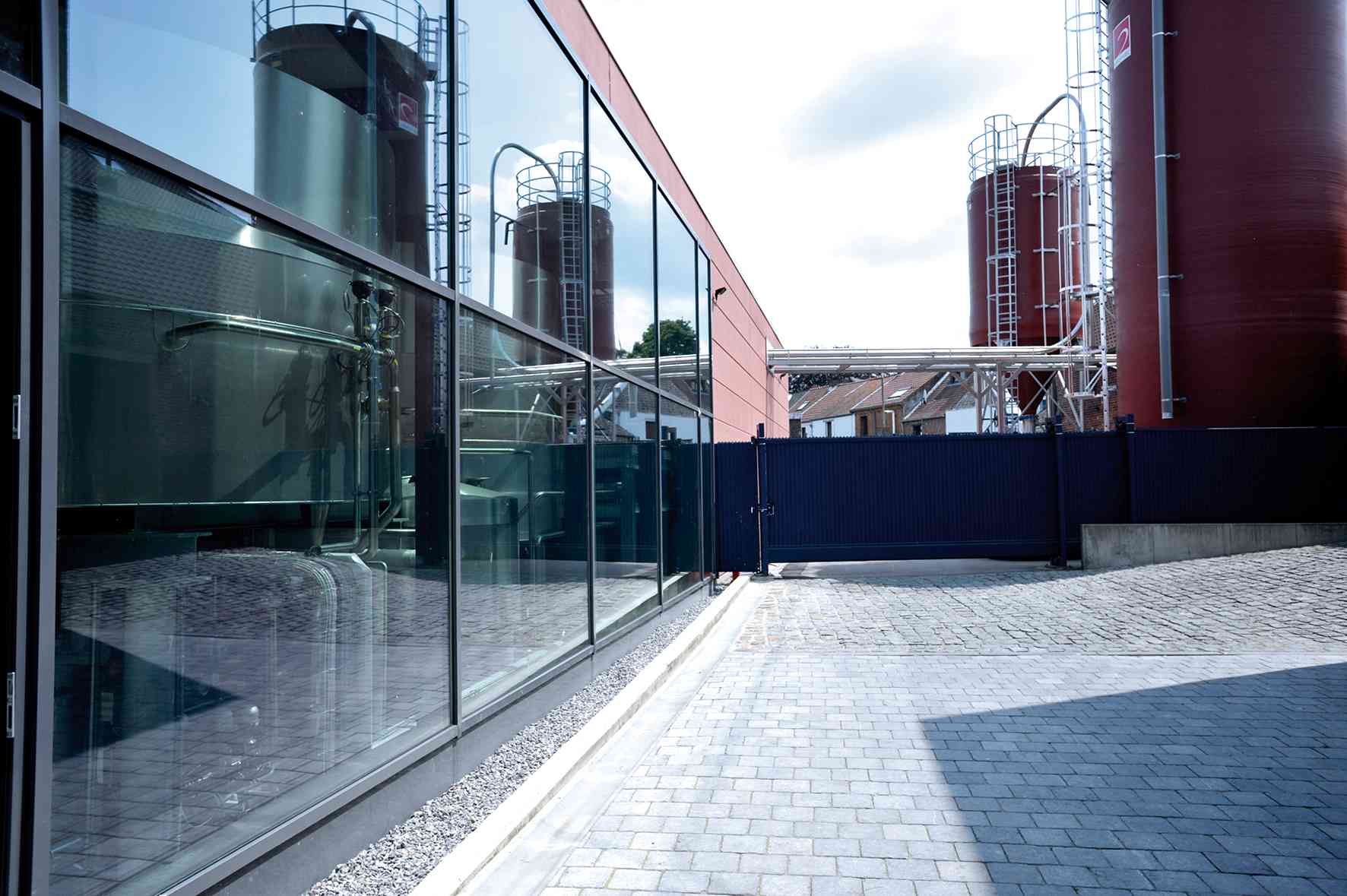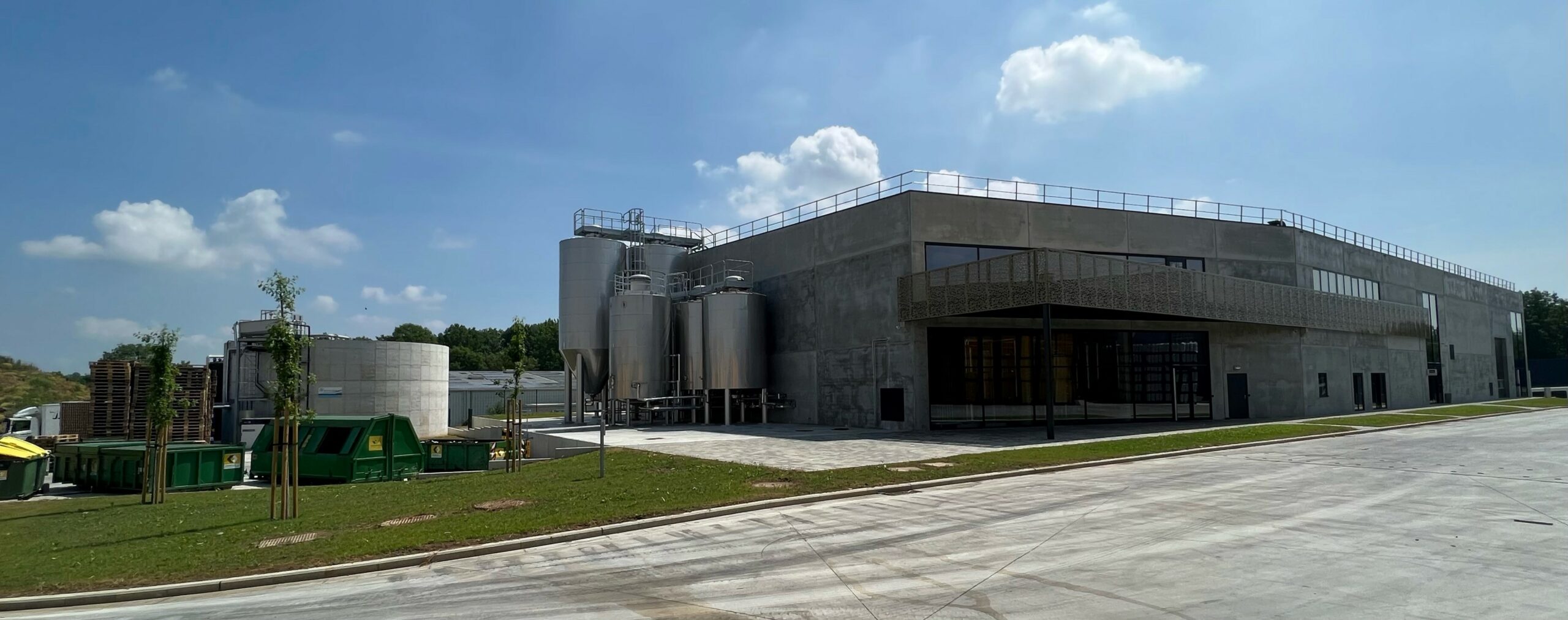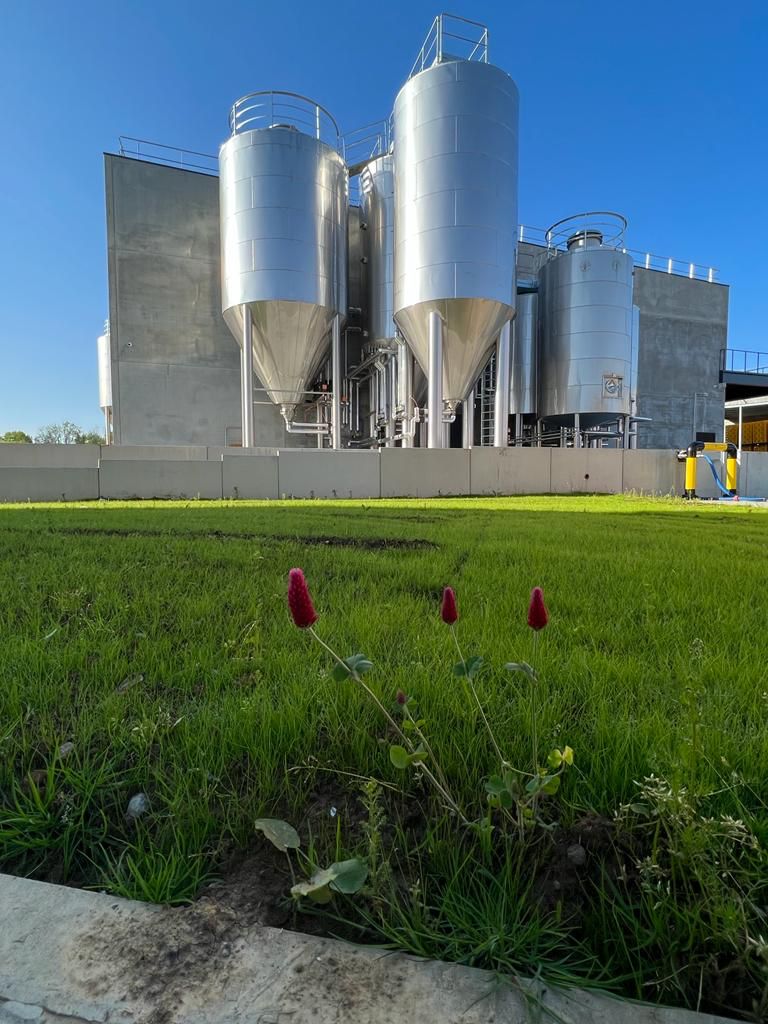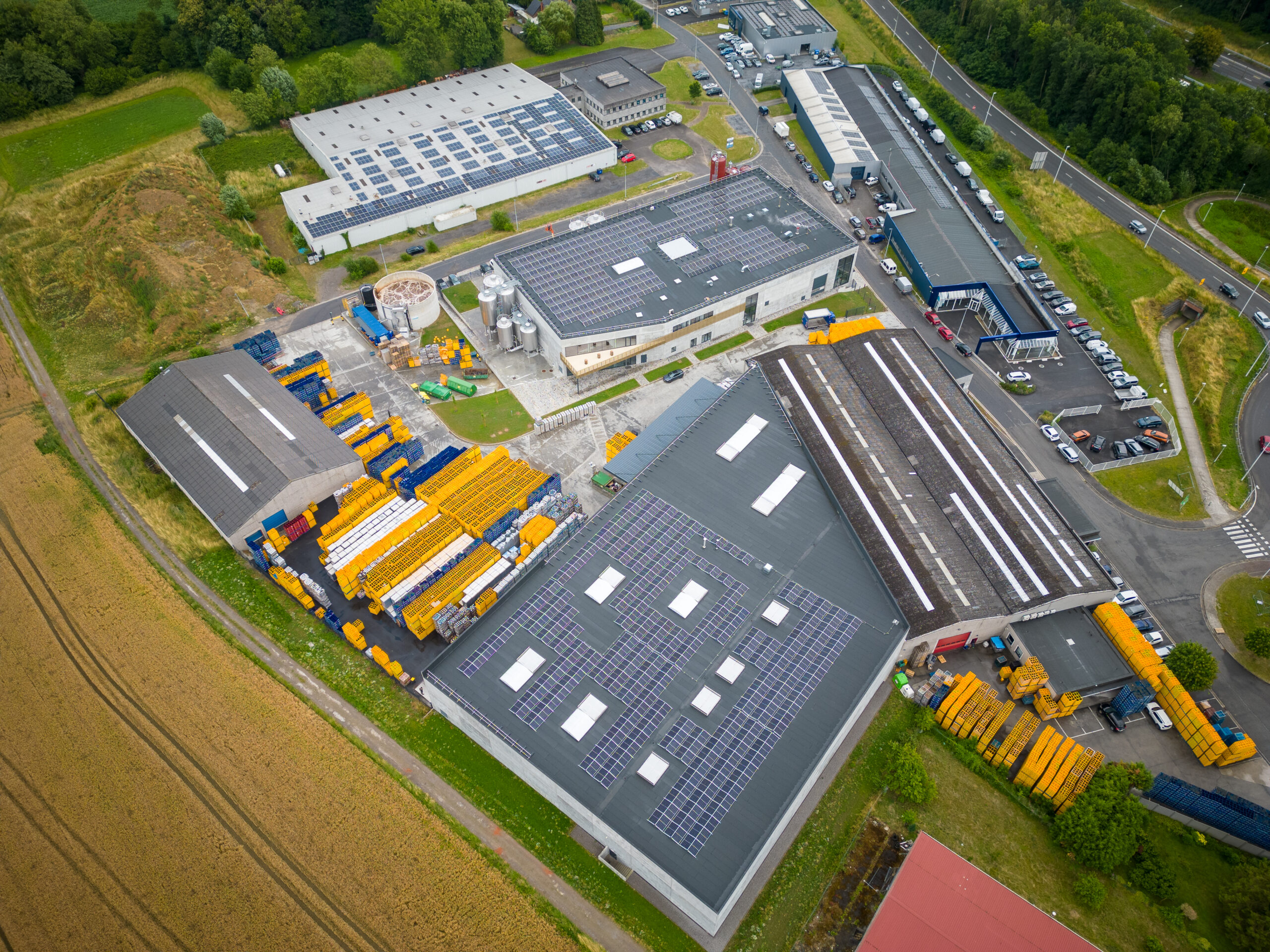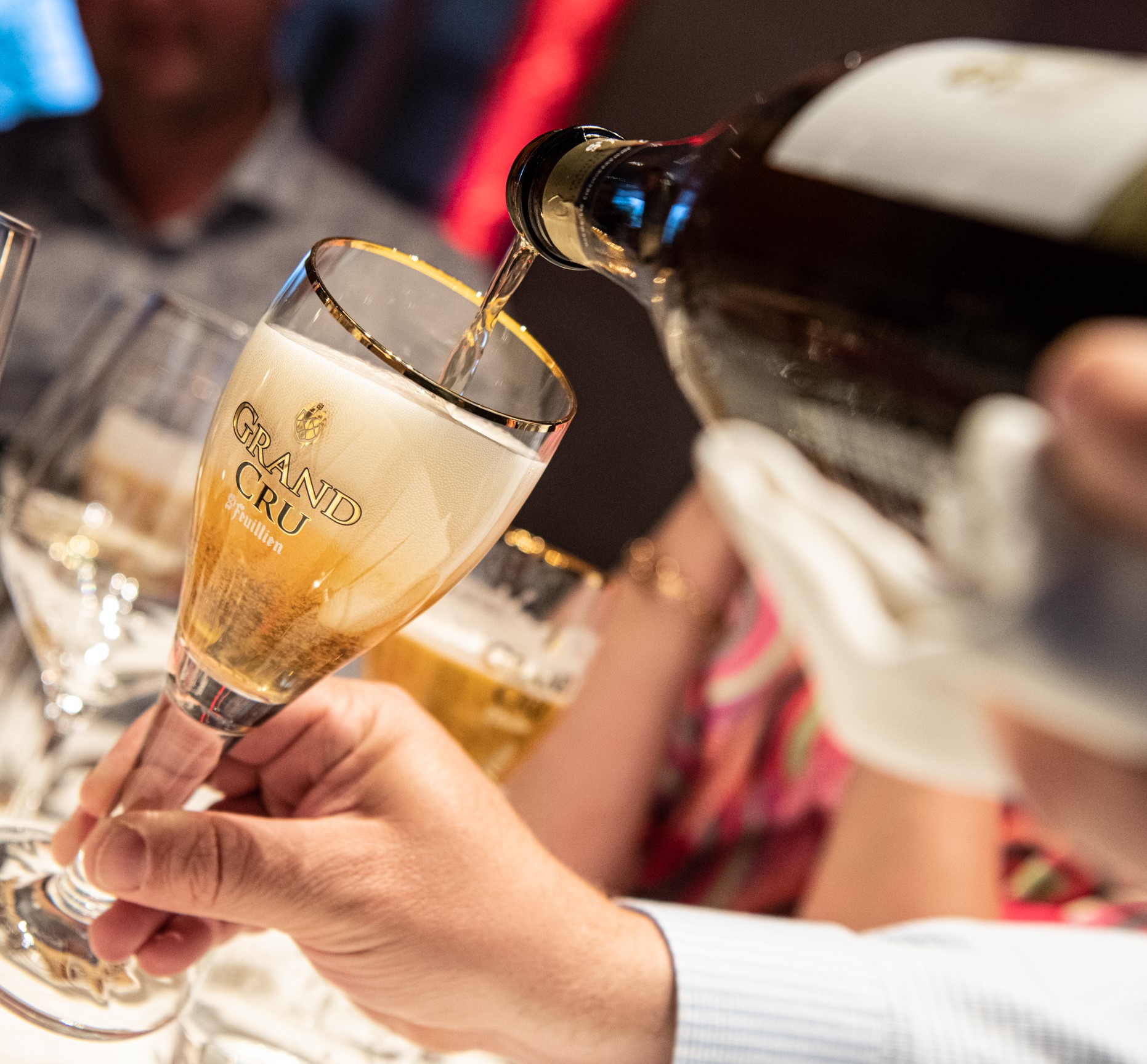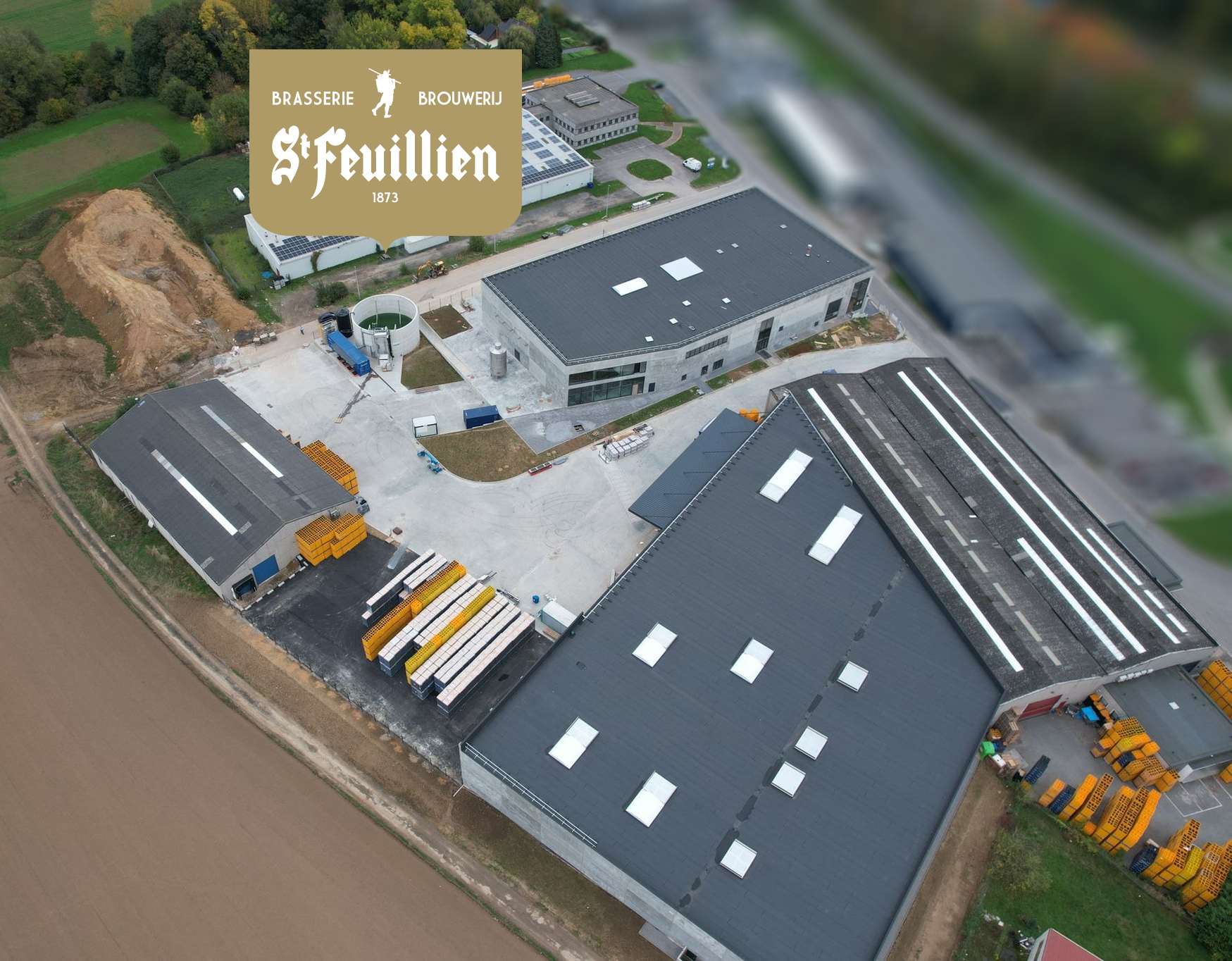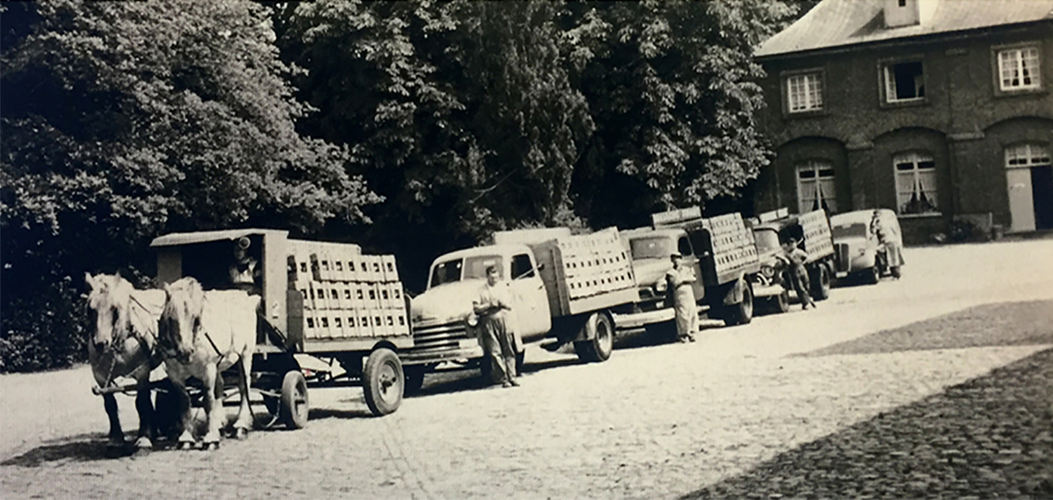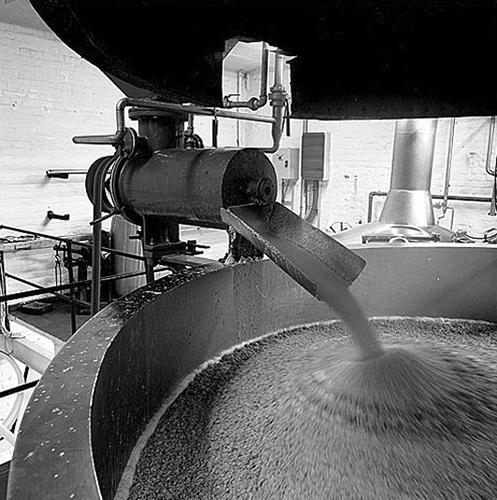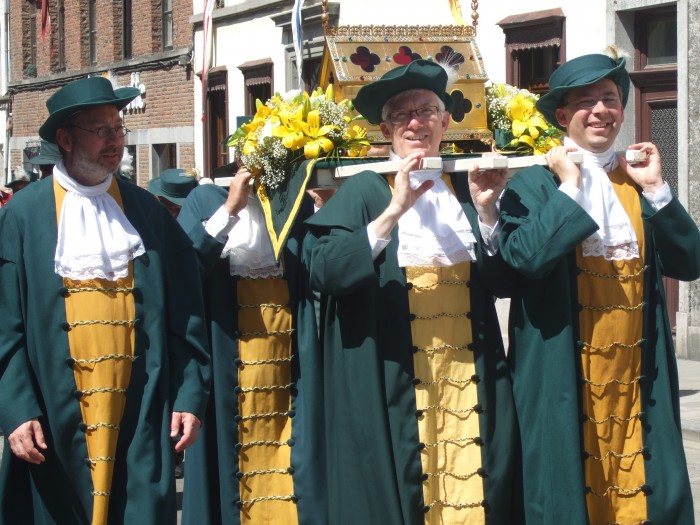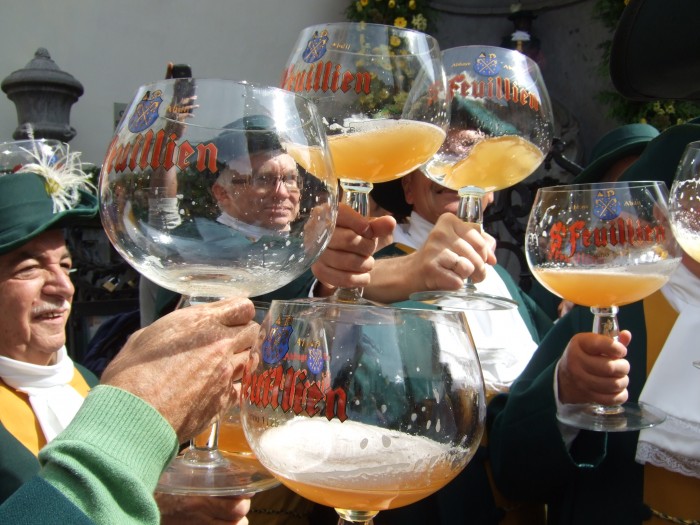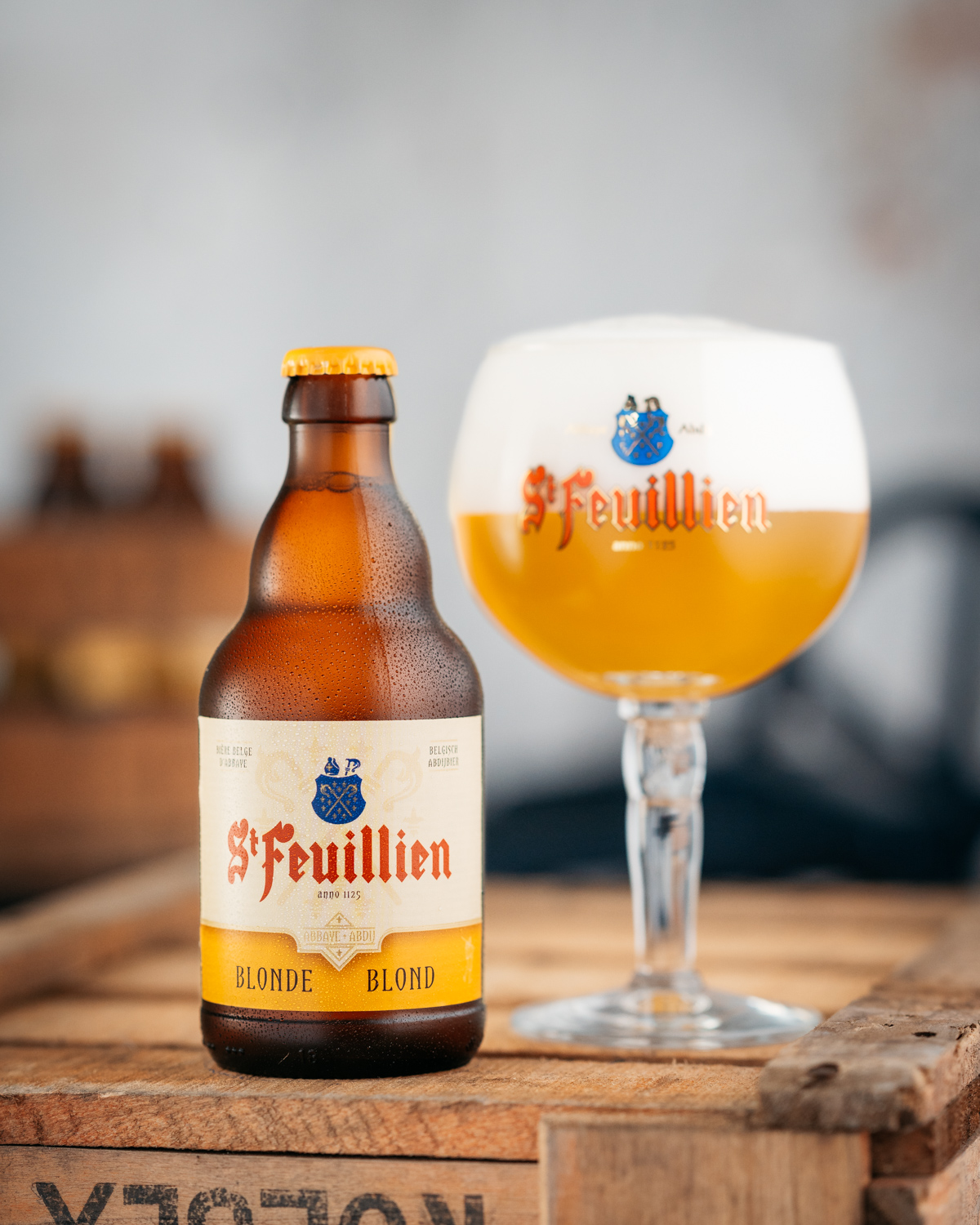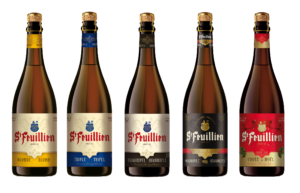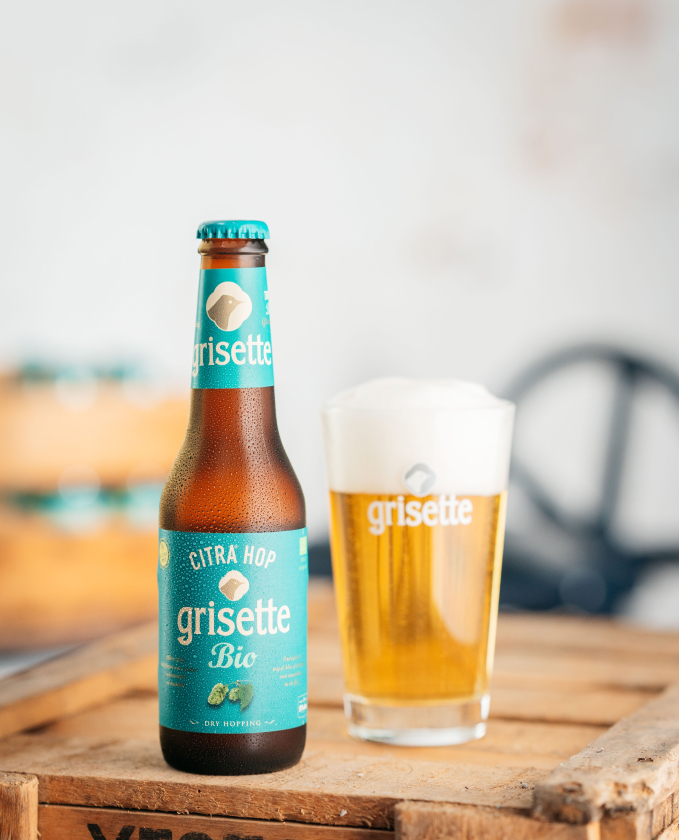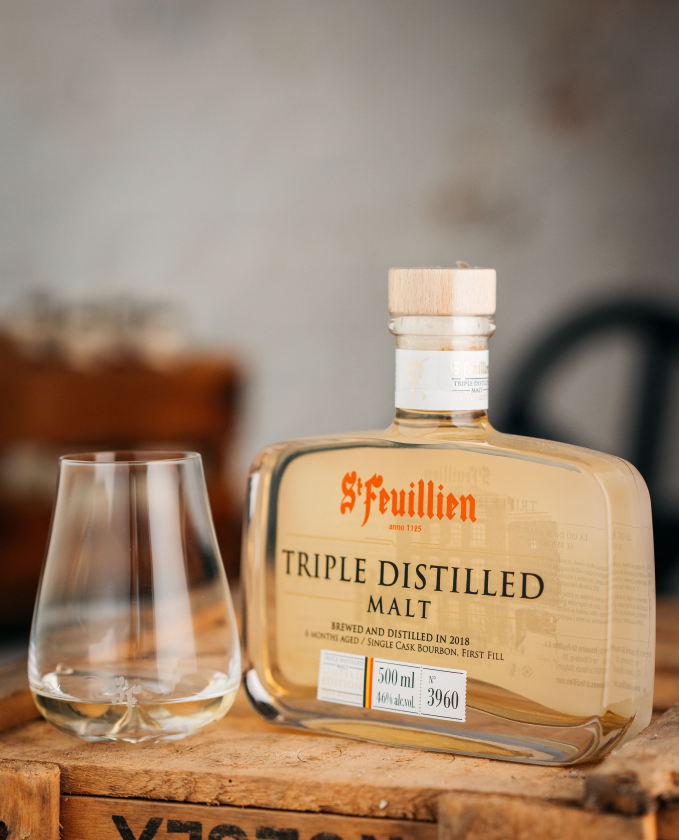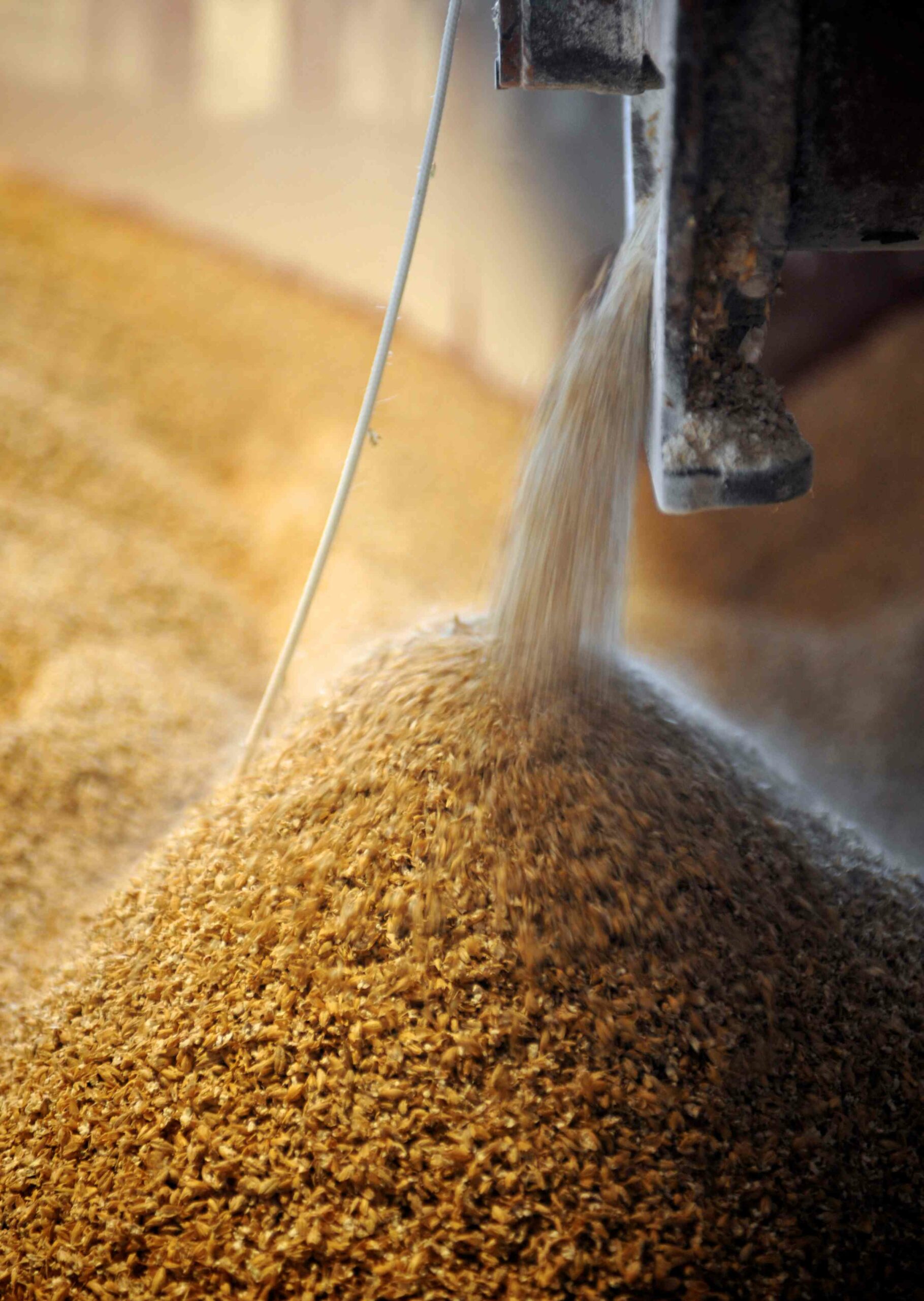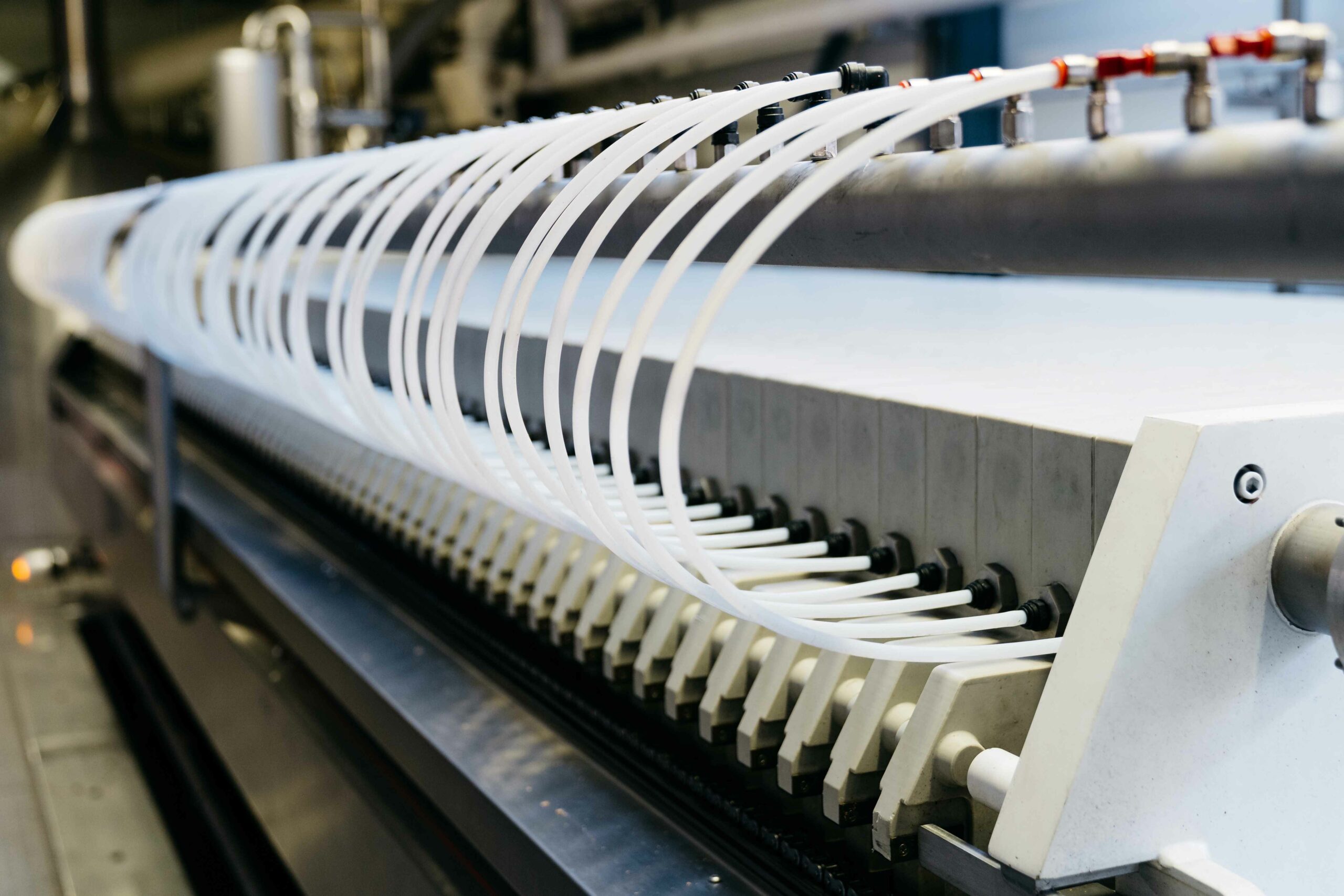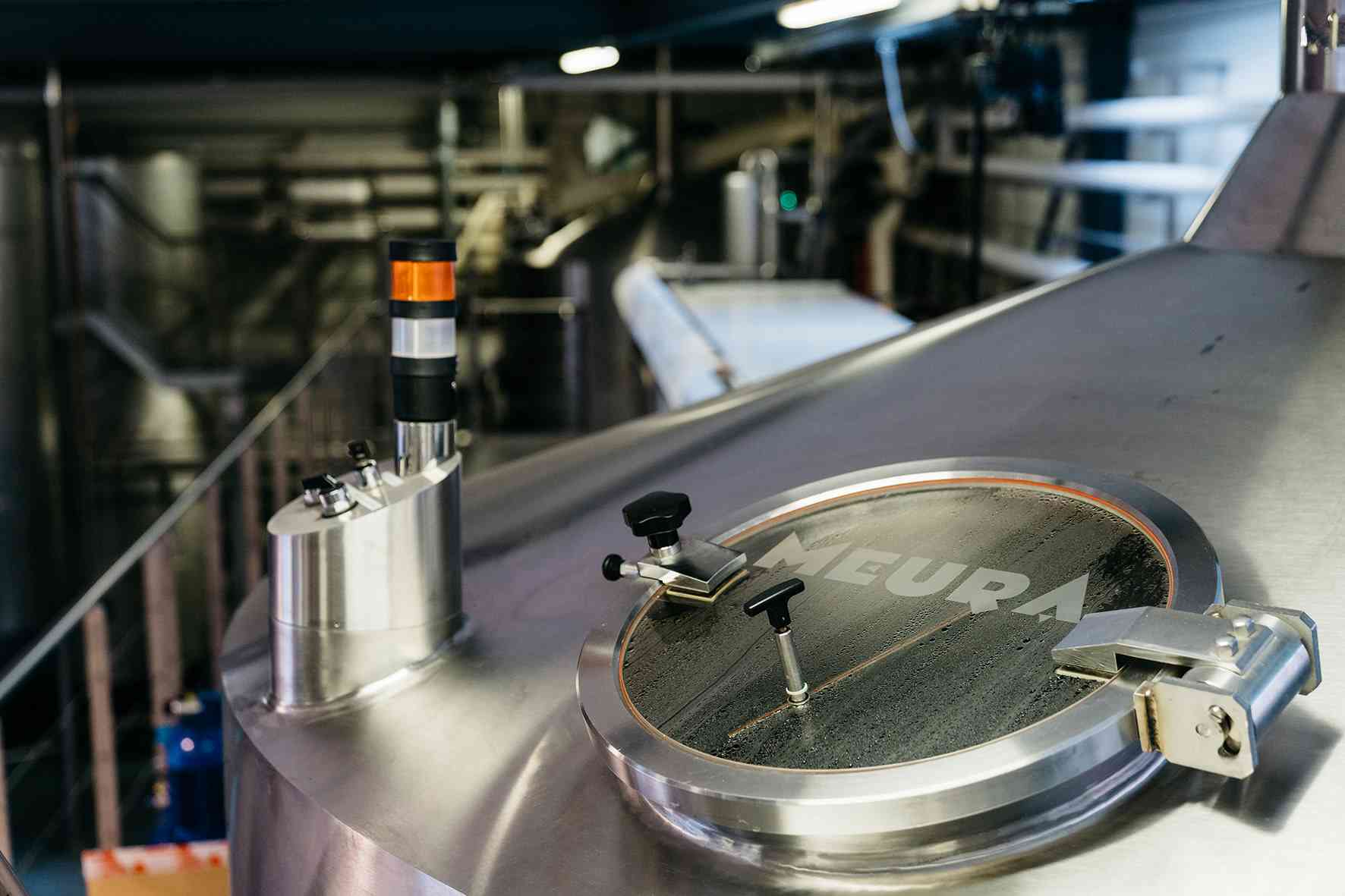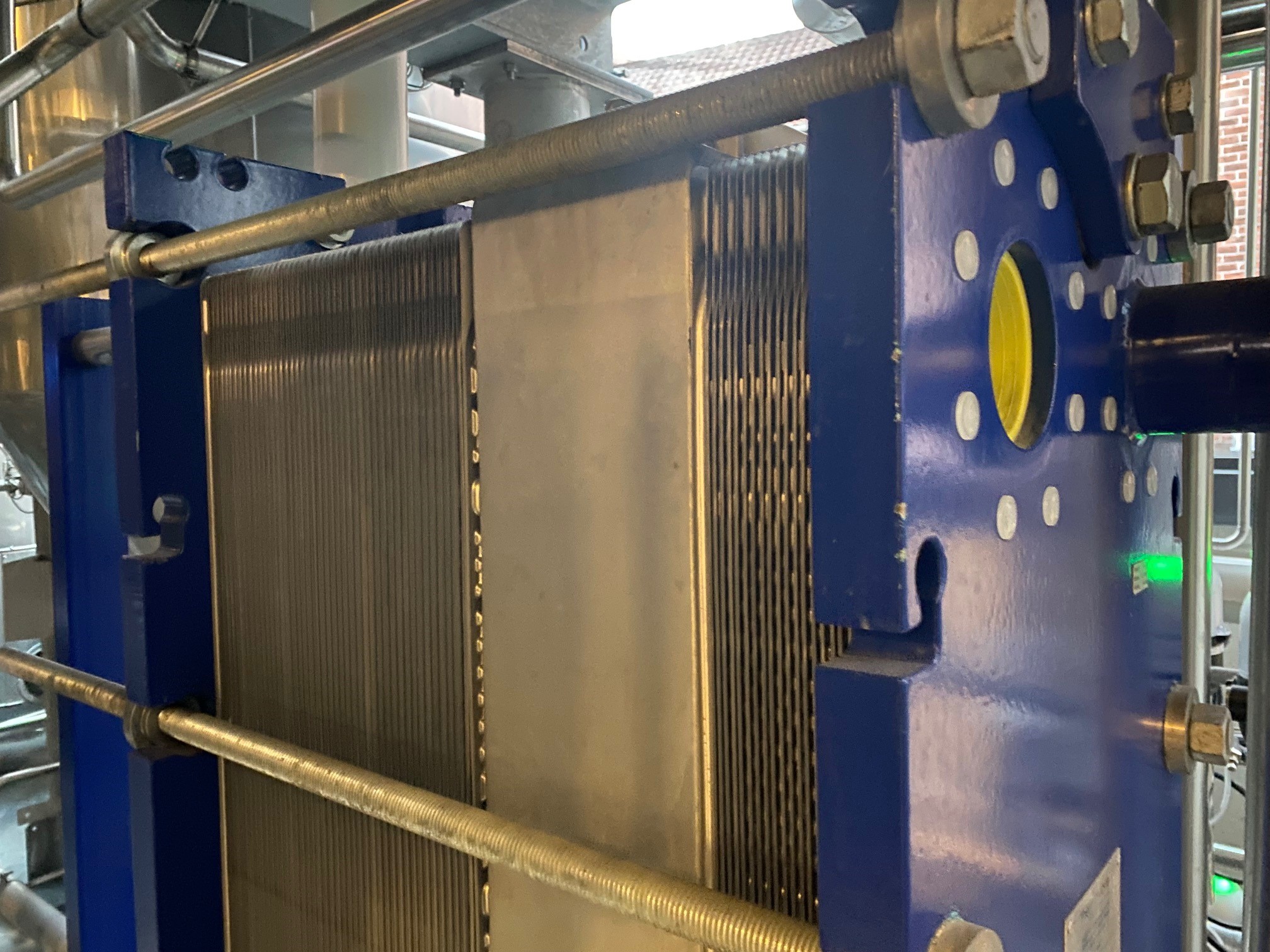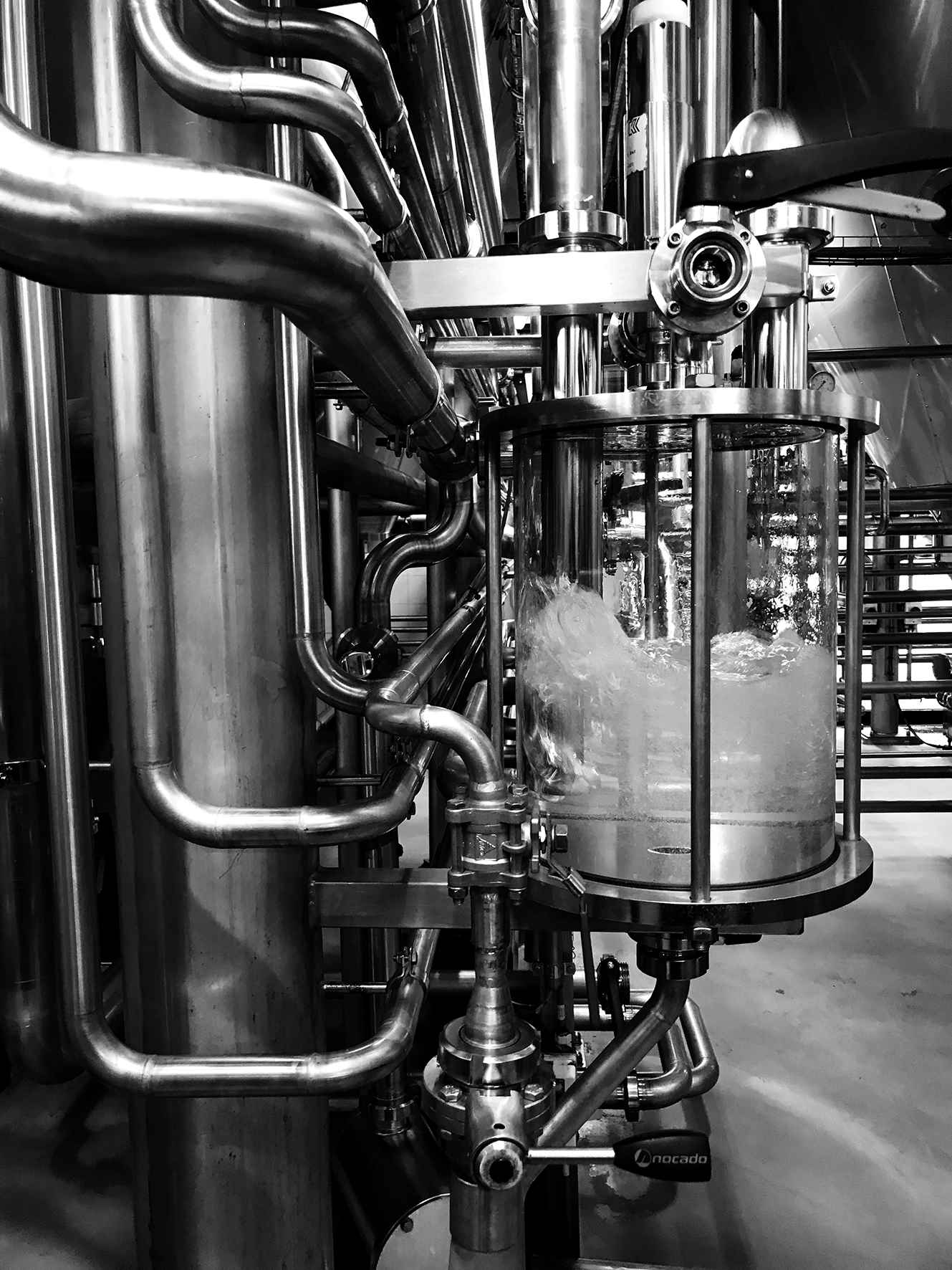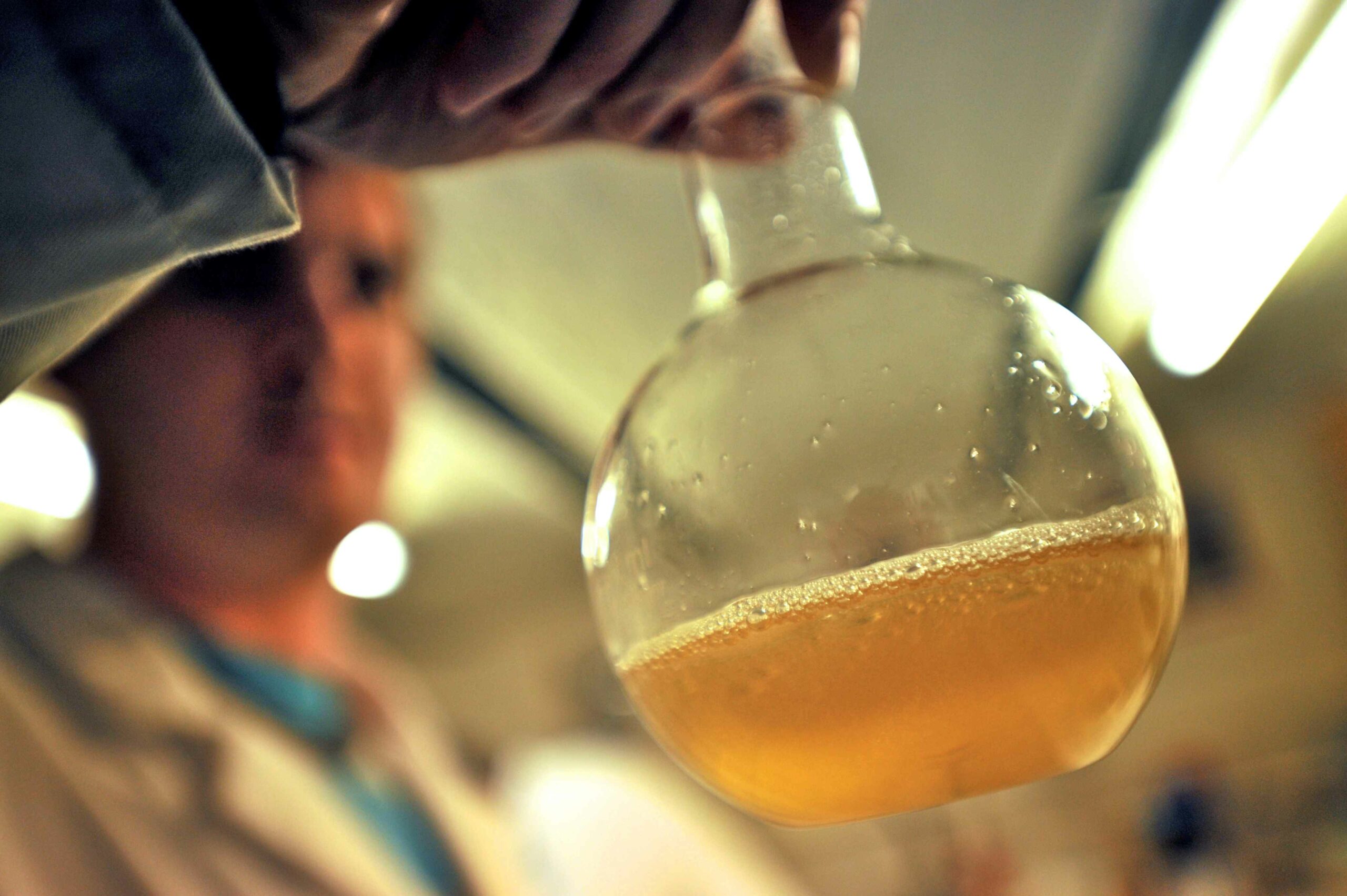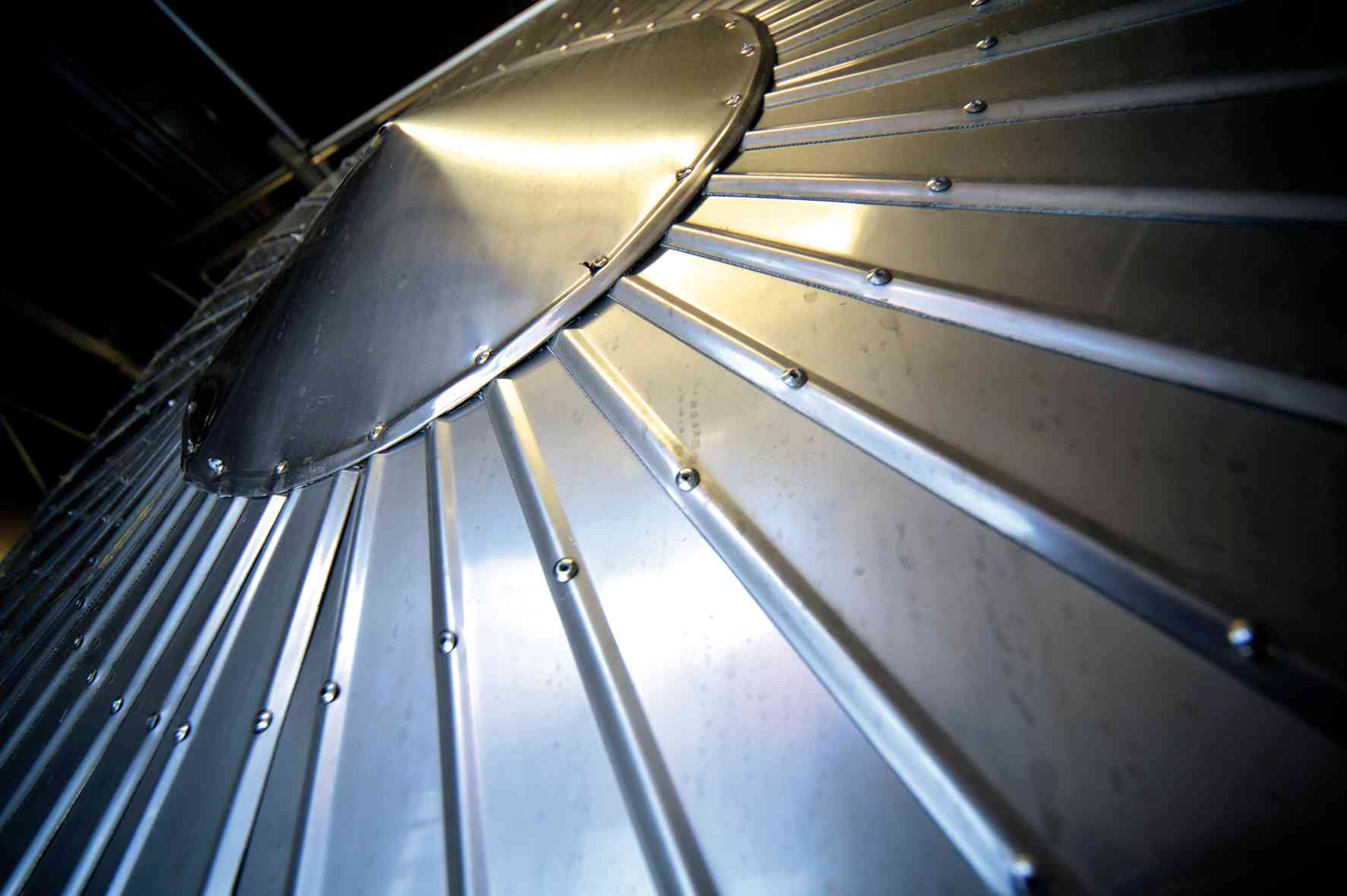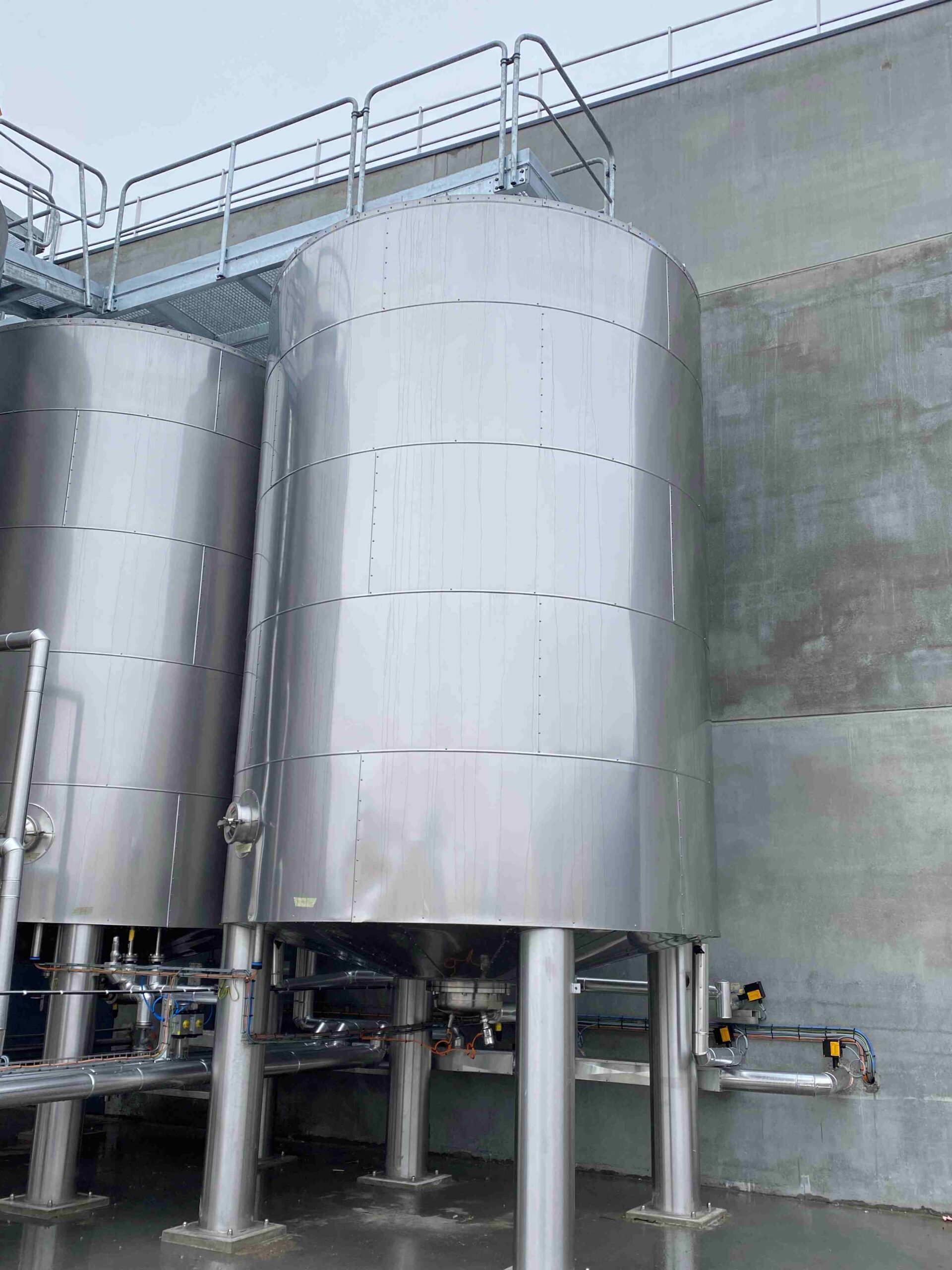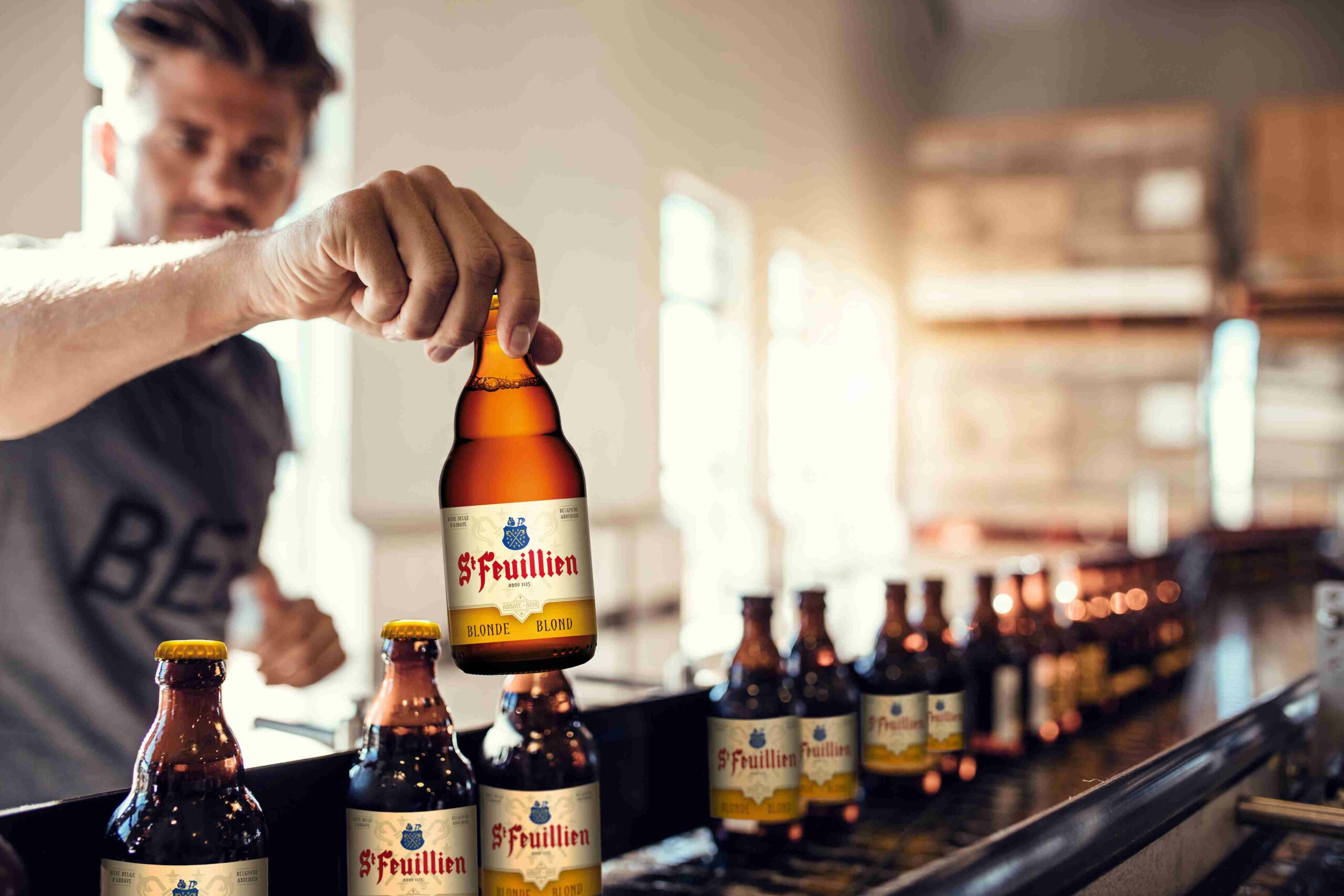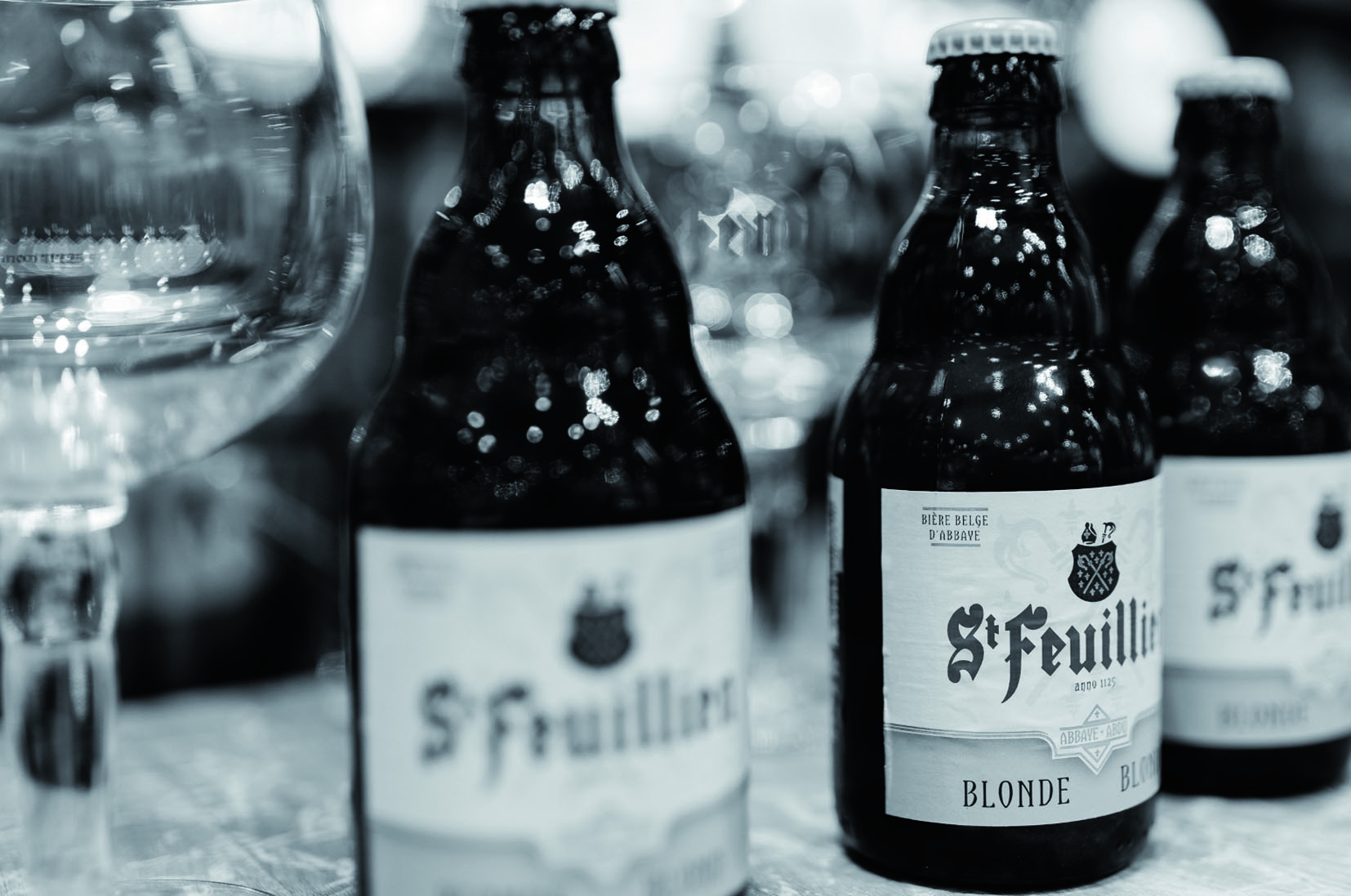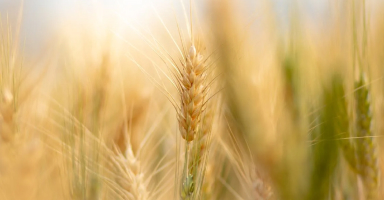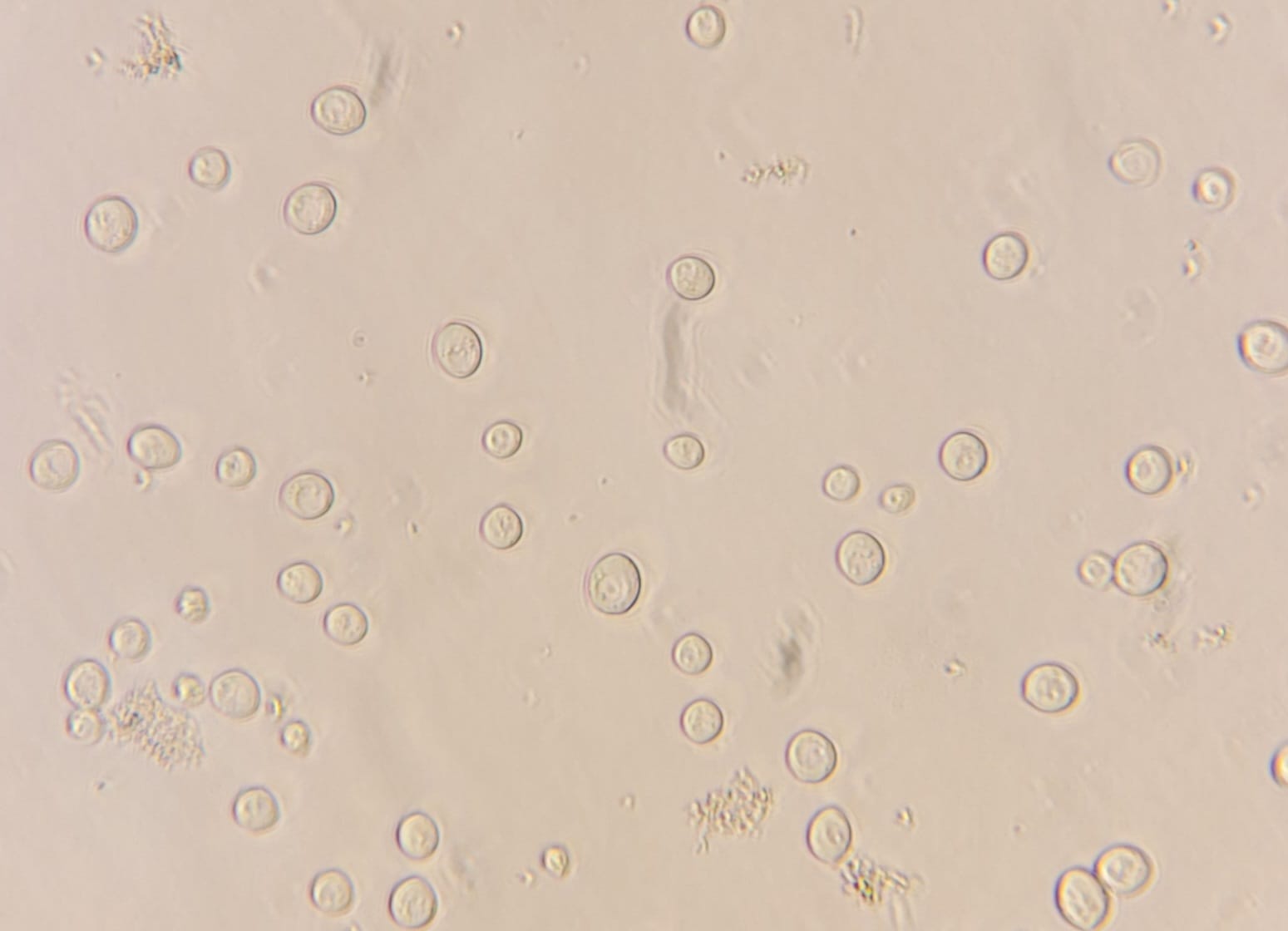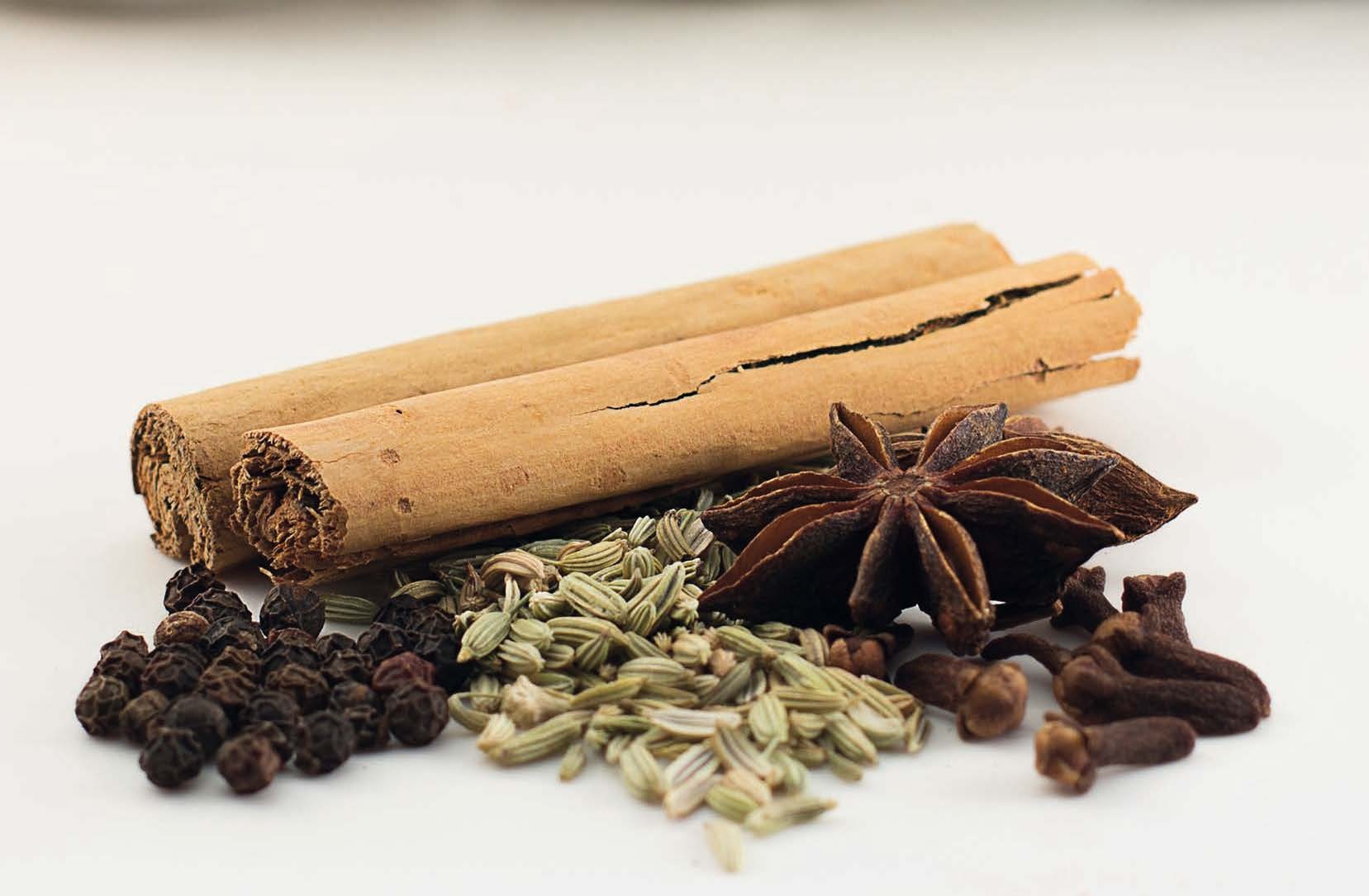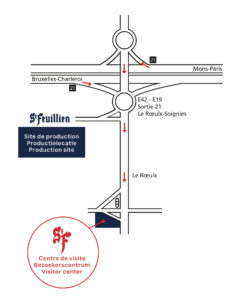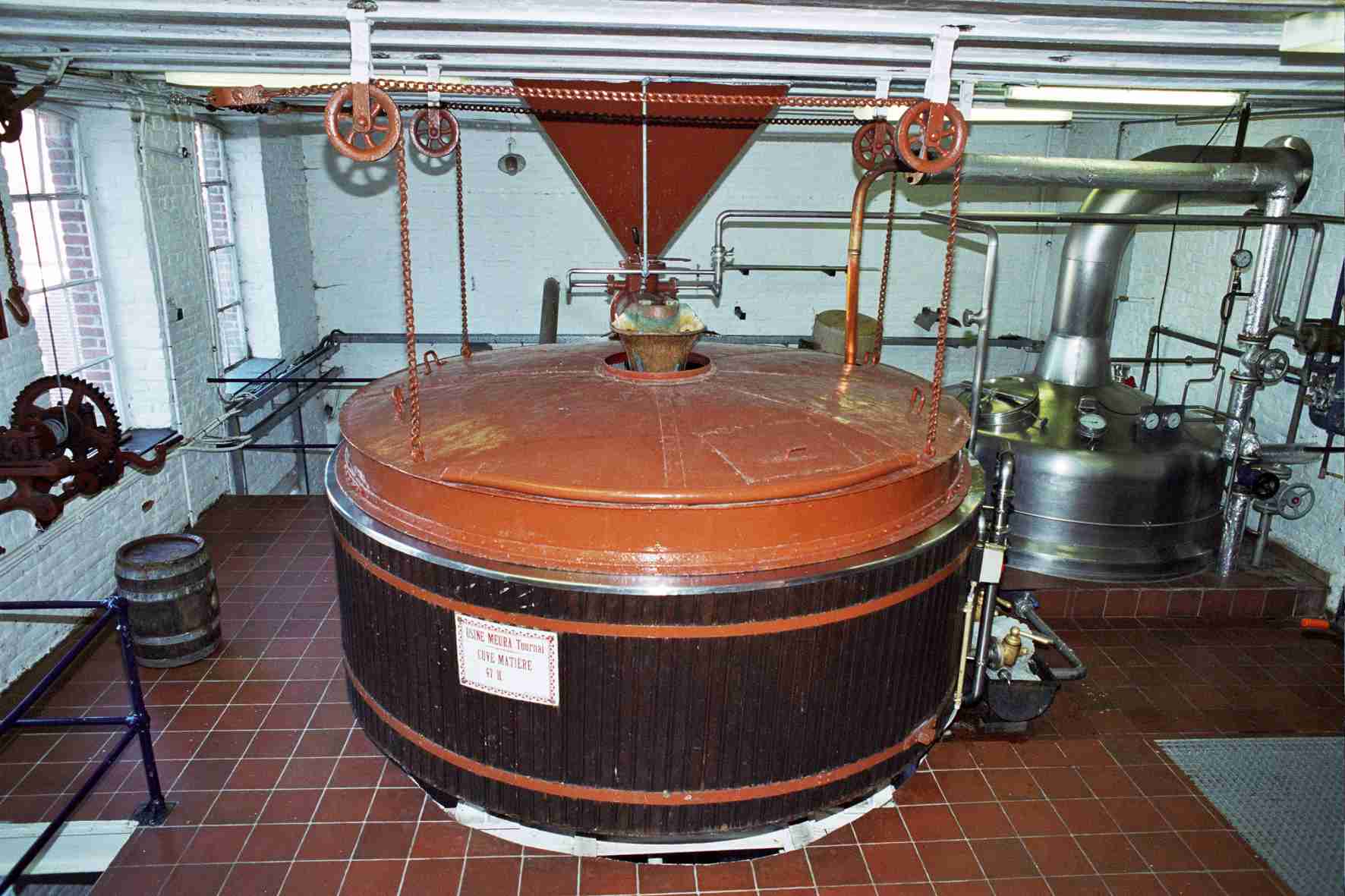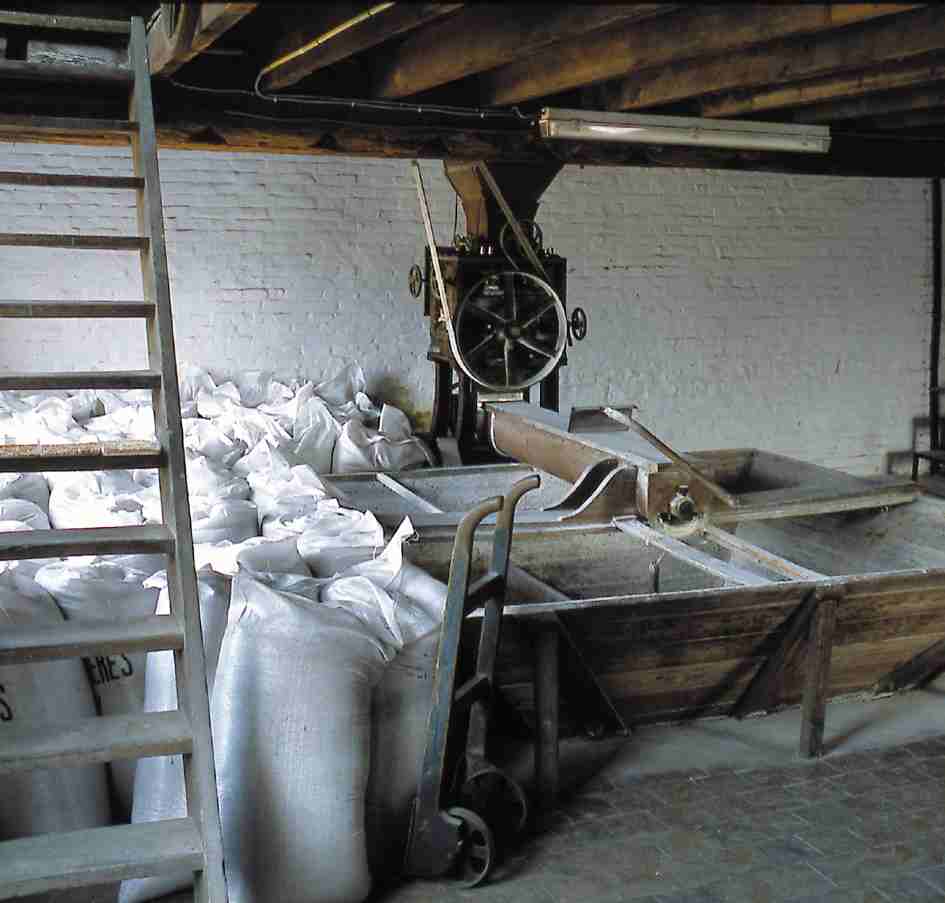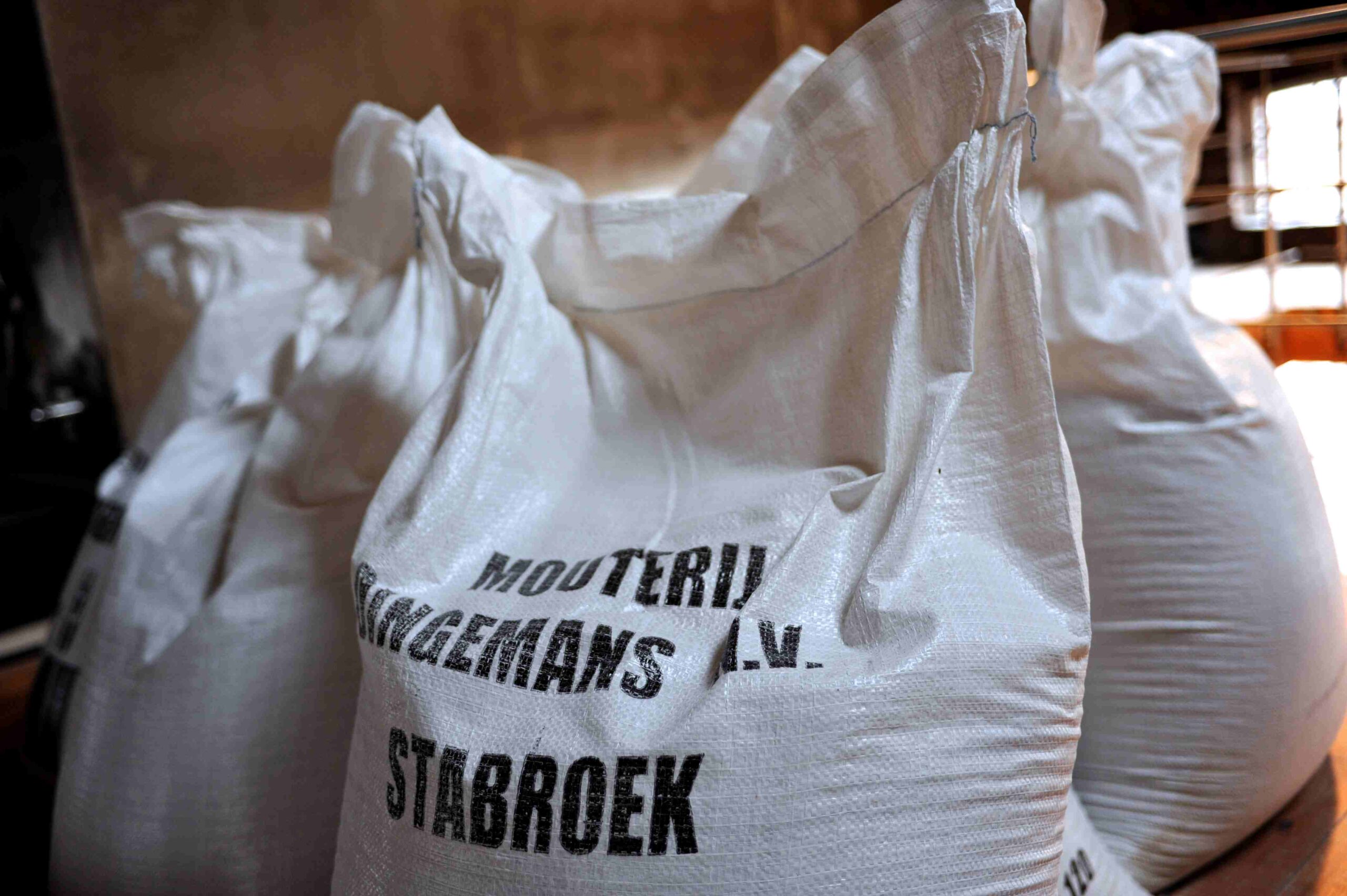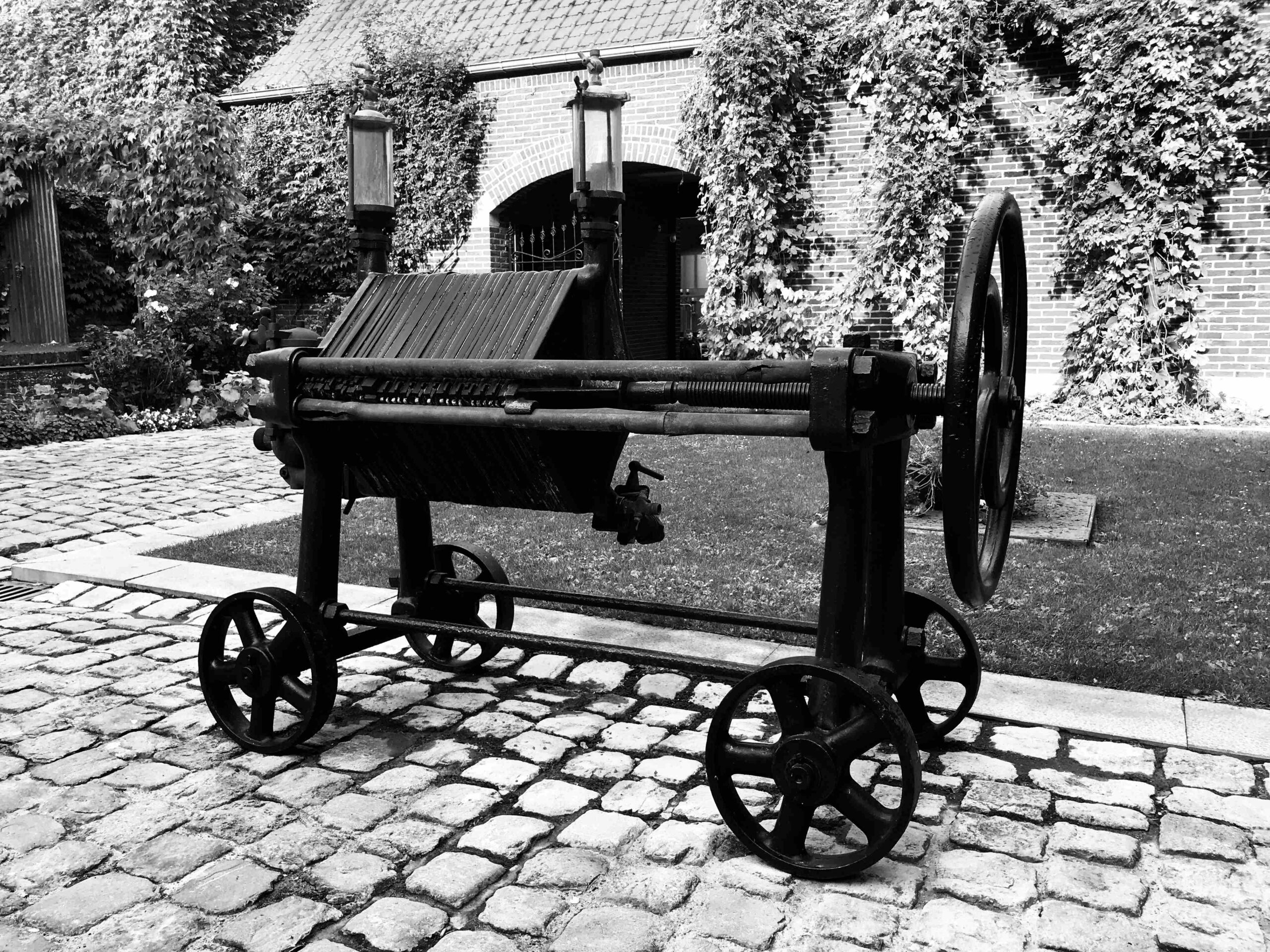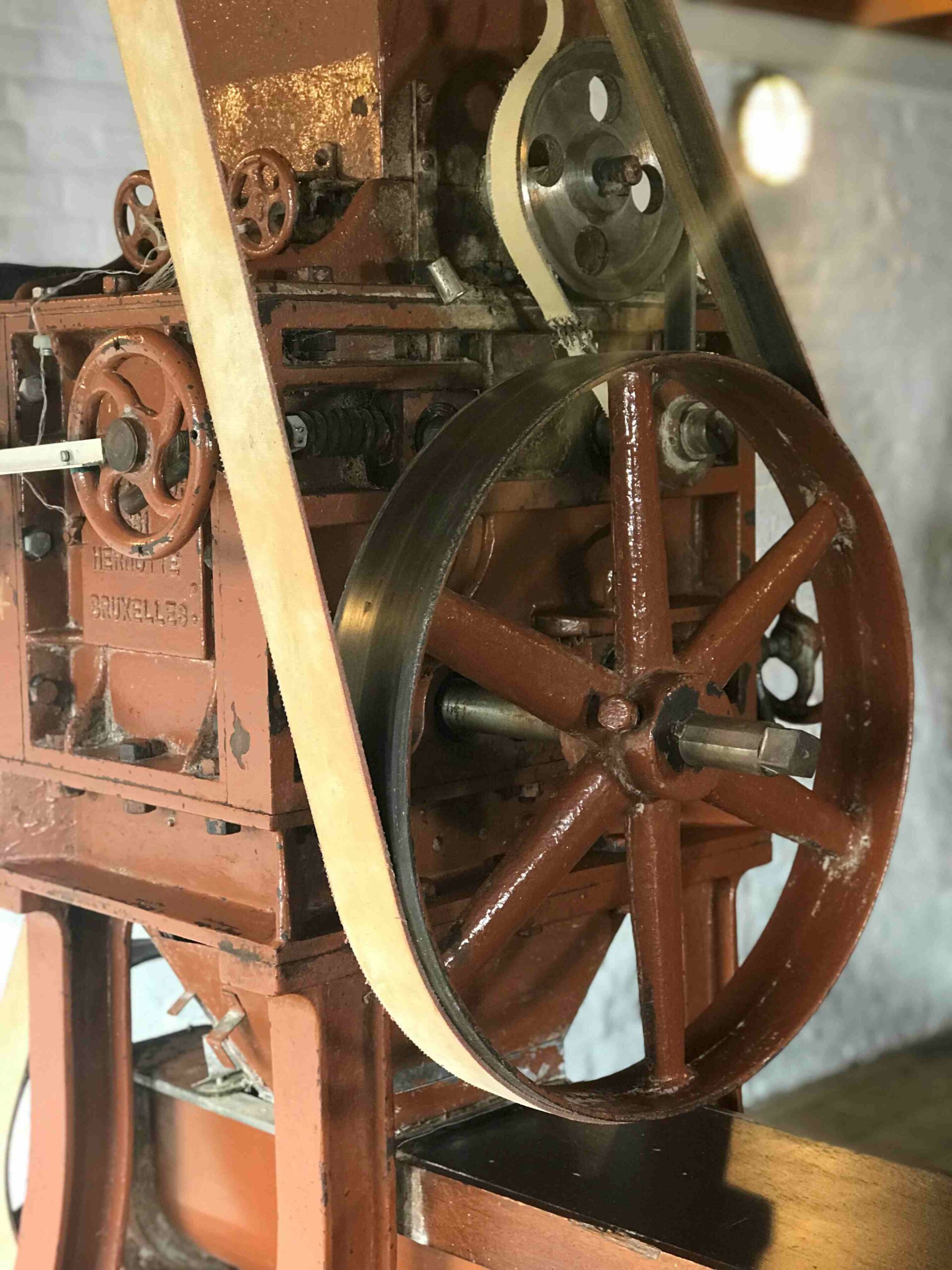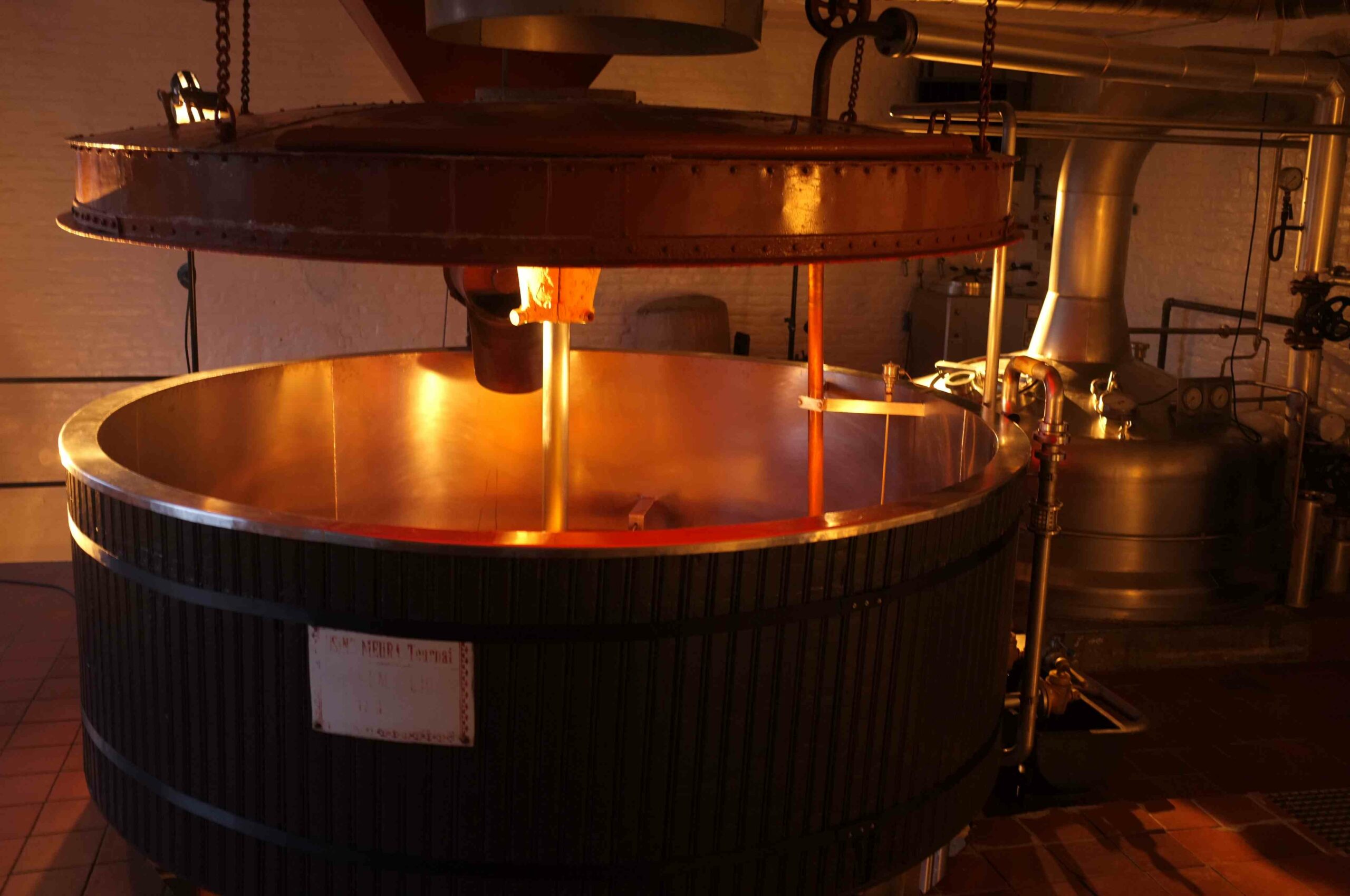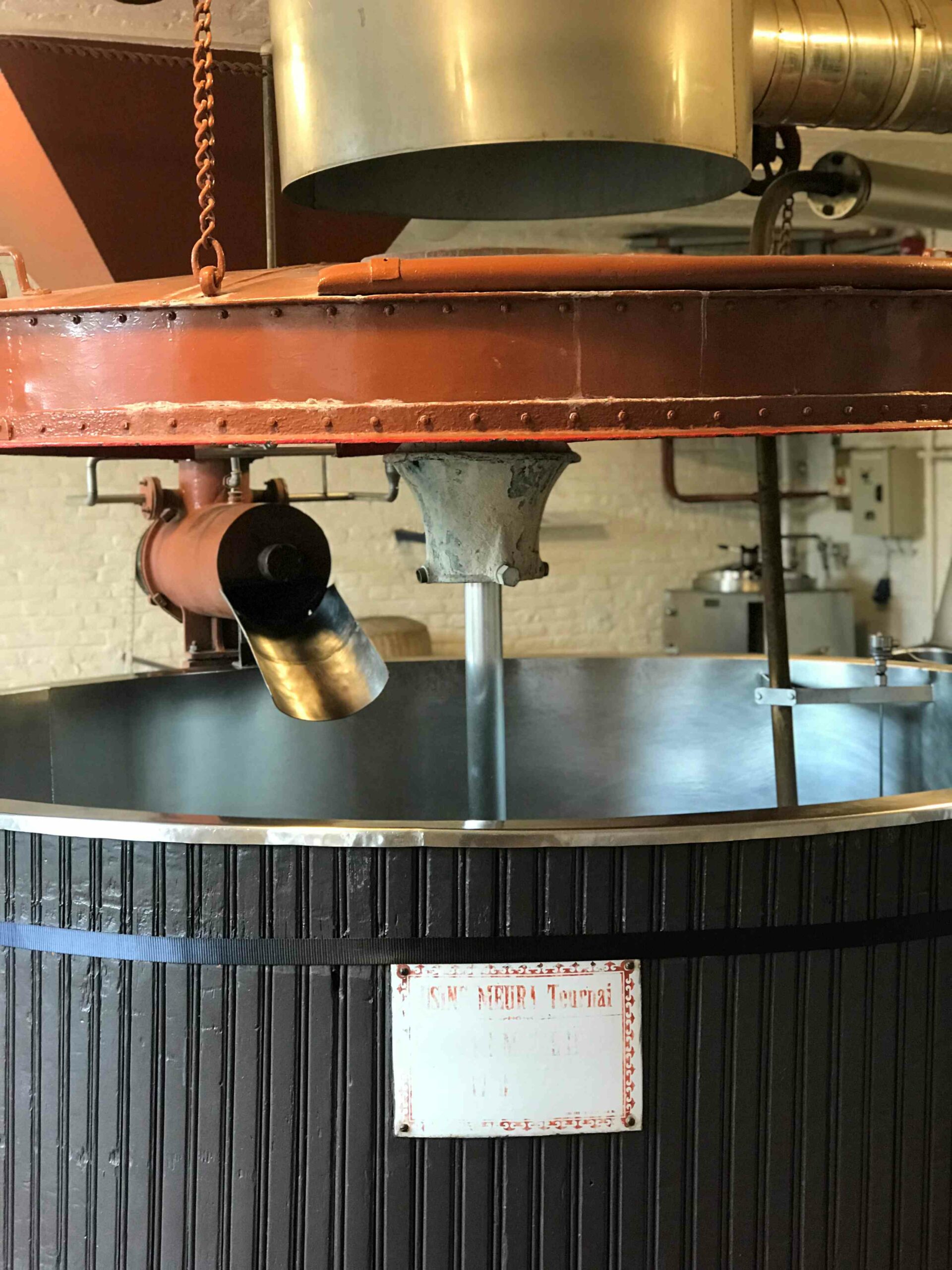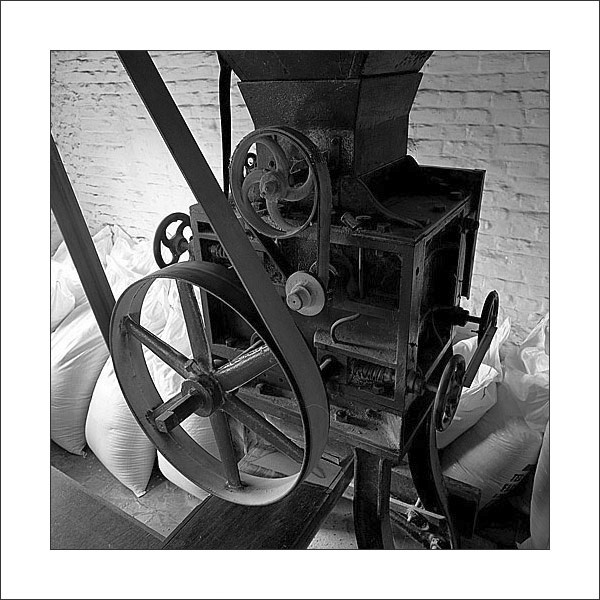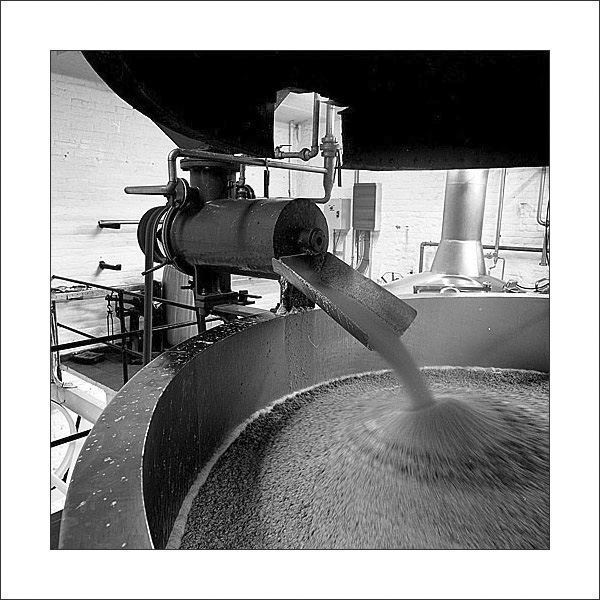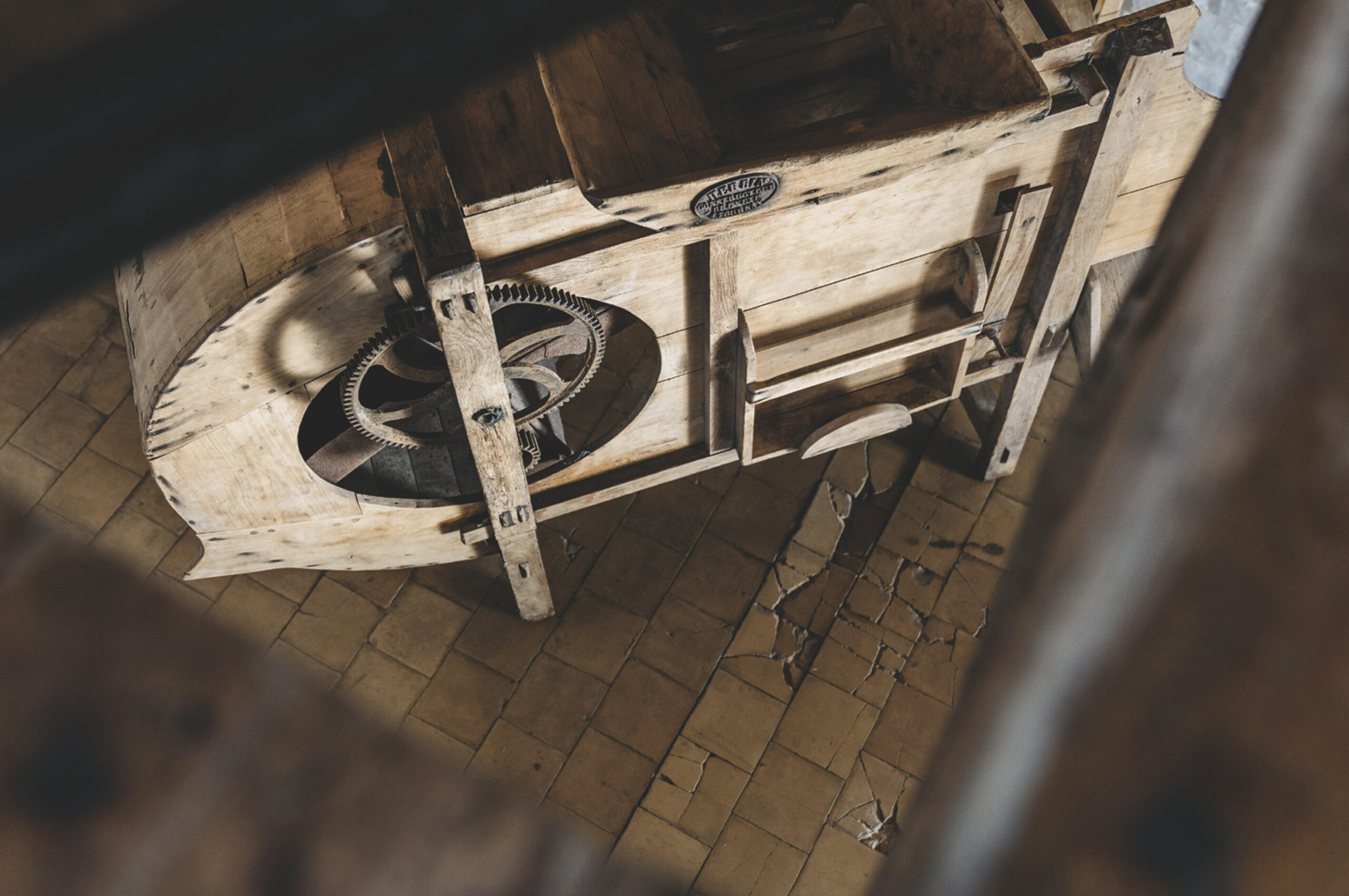Foundation of the
Saint-Feuillien Abbey
In the town of Roeulx, young religious individuals founded the Abbey of Saint-Feuillien. An Irish monk who came to evangelize the region was murdered there one October evening in the year 655. Since then, many pilgrims have come to the place of his martyrdom. For seven centuries, the abbey prospered as a place of prayer and study, but also as an economic, administrative and cultural center. Thirty to forty monks lived there, surrounded by peasants and numerous traders, including a brewer. The soldiers of the French Revolution condemned the abbey, like many other religious establishments, in 1796. The Saint-Feuillien beer disappeared... Fortunately, not for very long.
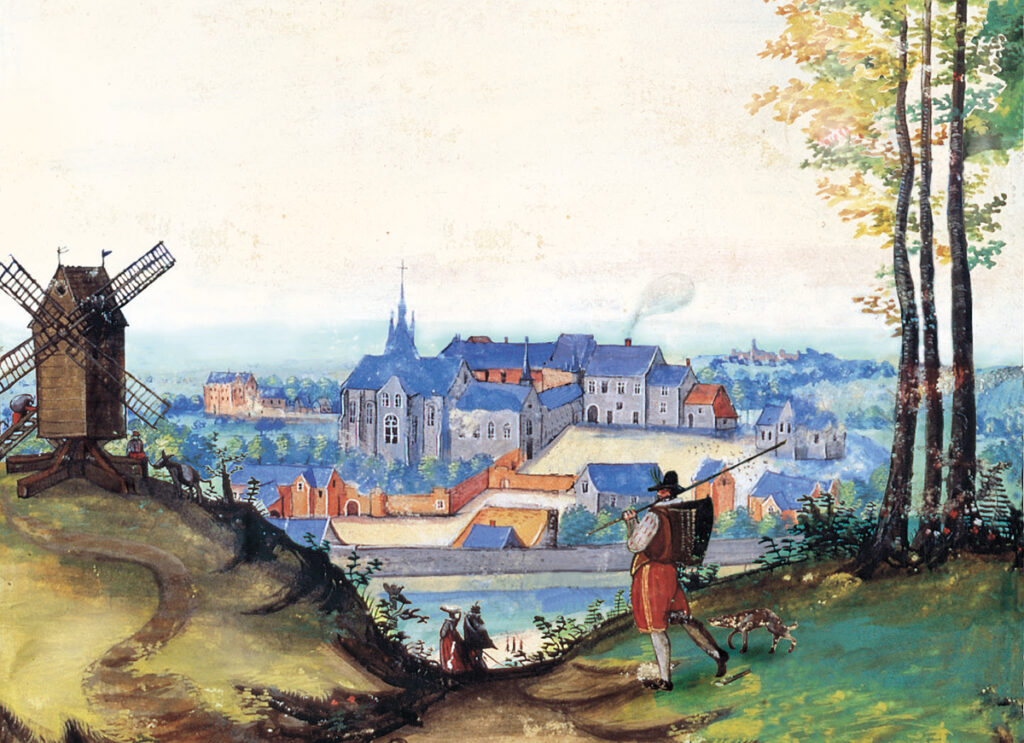
Foundation of the
St-Feuillien Brewery
By Stéphanie Friart, great-grand-aunt of Benoît and Dominique Friart. Back then, she ran a brewery located at the entrance of Roeulx; it produced light beers. Stéphanie received several awards, notably at the Universal Exhibition in Antwerp in 1894 and, in 1895, at the International Exhibition of Foodstuffs in Geneva.
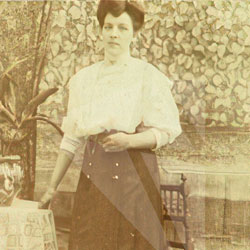
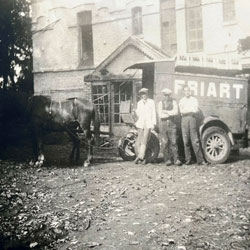
Takeover of the company
Stéphanie Friart passed the business down to her nephew, Benoît Friart, who acquired another brewery in the city's center in 1920. Manufacturing was moved to these more modern buildings until recently housed most of the current facilities. Benoît Friart kept the two sites in operation until 1939 and continued to produce beers such as the Grisette , la Belge , la Saison et la Triple Wallonne . among others. After the Second World War, his youngest son, also named Benoît, took over the business.
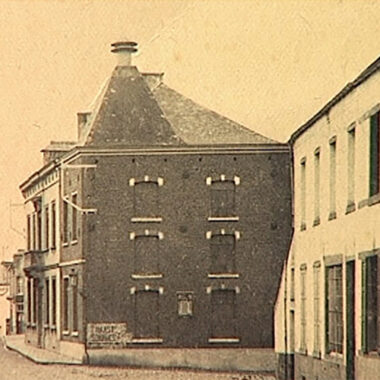
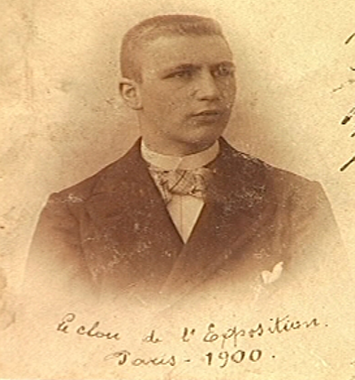
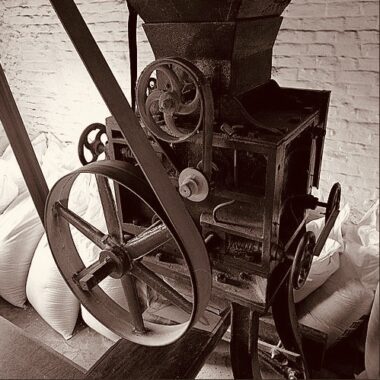
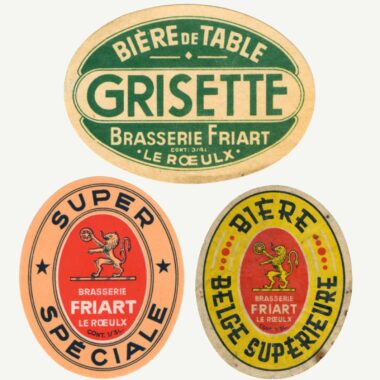
Production of a wide range of beers
From 1950, the brewery started producing a lager, the Rhodia , a reference to the Rhodians, citizens of the city of Roeulx, and, of course, the
St-Feuillien , already available in Blonde and Brune versions.
In 1969, the St-Feuillien Cuvée de Noël was created, one of the first Christmas beers in Wallonia

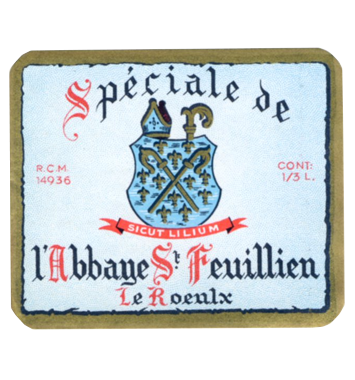
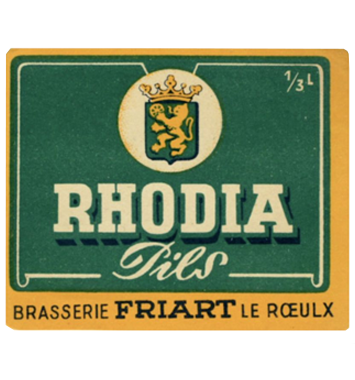
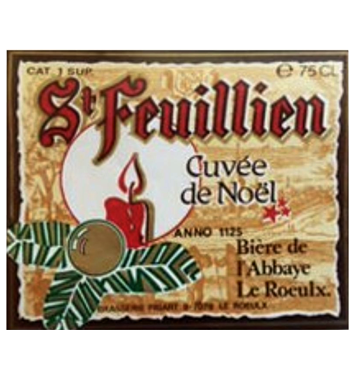
The old facilities were refurbished
In 1988, the first brew of St-Feuillien Triple was produced in champagne bottles (Magnum 1.5L - Jeroboam 3L - Methuselah 6L - Salmanazar 9L), a first in Belgium.
From 1993 to 1998, all the buildings dating from the 19th century were restored. New fermentation and storage rooms were built and the equipment underwent constant modernization works.
Dominique, Benoît's sister, joined the brewery.
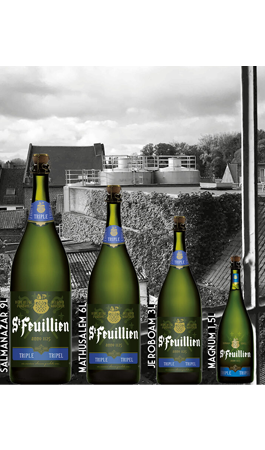
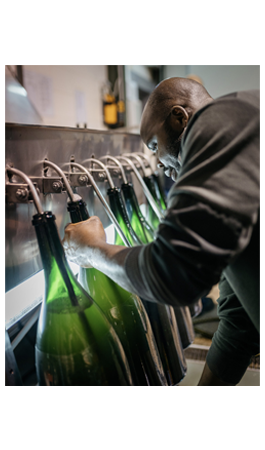
Creation of the Grisette Fruits des Bois.
Grisette is a very ancient type of heritage beer unique to the Hainault province of Belgium. At the end of the 19th century, every tiny brewery in the area was making its own high-fermentation pale ale, casked in wooden barrels. This beer was known as “Grisette”. It was very hoppy, with quite pronounced bitter notes and a gravity that was relatively high for the era (6°). It was produced across an area stretching from Tournai to Charleroi.
Grisette was produced continuously until about 1940. The brand was still used in the 50s, but the beer sold then no longer resembled the original and the traditional variety disappeared.
At Brasserie St-Feuillen, the first Grisette Ambrée dates back to 1919; it was relaunched in 1985, followed by a Blonde variant in 1995 and a Blanche in 1999.
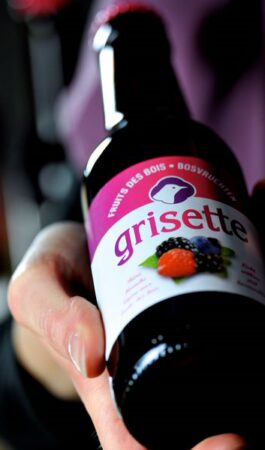
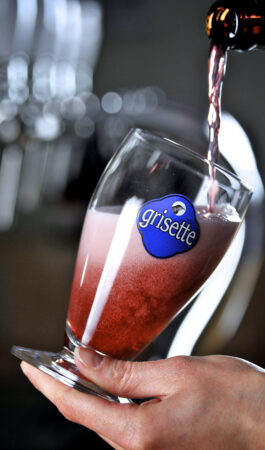
Site Work continues and the Saison from St-Feuillien is launched
In 2006, the start of construction work to extend the brewery’s production site, which continued until 2008.
Launch of Saison from St-Feuillien in 2009.
Saison – a heritage beer
Seasonal beers are a part of the huge family of special Belgian beers and are mostly regional – or local to an even smaller area – popular, and very distinct.
In the 19th century, the production of Saison was not linked to a specific event like March beer or Christmas beer, but only to a season: summer, with its sunshine and high temperatures. This high-fermentation pale ale was thirst-quenching and bitter, with a very distinct aromatic profile. A draught of Saison would refresh and revitalize field laborers, helping them forget their weariness.
Saison also has the natural fermentation cycle of bières de garde (as defined by French beer historian Philippe Voluer).
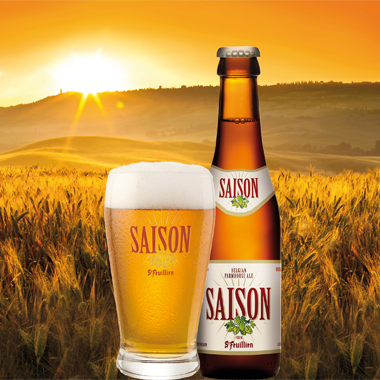
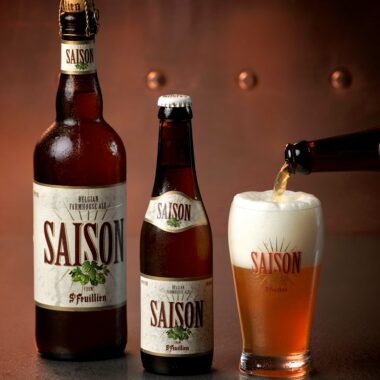


The harvest of awards
In 2010, the St-Feuillien Blonde won gold in the World Beer Awards in the Abbey/Trappist Pale Ale category.
One year later, in 2011, the famous St-Feuillien Grand Cru was created and shot straight to stardom with its first award, the European Beer Star in Nuremberg.
Extension works continued, increasing the fermentation and storage capacity, installing a keg filling line, and building a state-of-the-art brewing hall. In 2013, Brasserie St-Feuillien officially opened its new facilities and celebrated 140 years since its founding.
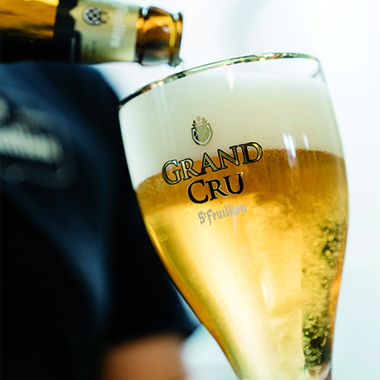
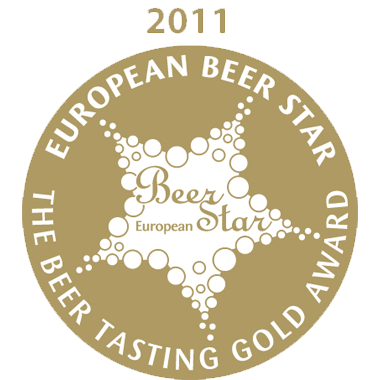
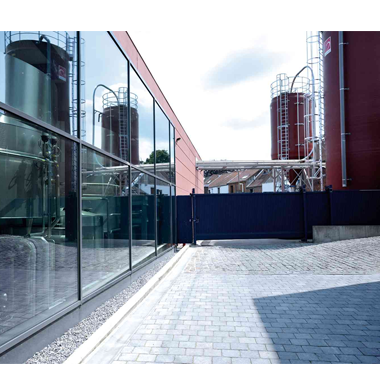

BIO Certification
The Grisette Blonde became gluten-free in 2014 and, along with the Blanche, received the BIO organic certification. In September 2016, they won recognition at the World Beer Awards, with the Blonde taking the world’s best in the Specialty Beer category, and the Blonde being awarded the gold medal.
The Car d’Or, the first product to be certified as a part of Mons 2015, European Capital of Culture, and the Belgian Coast IPA .
The cellars of the old brewery were renovated in 2017. The “Grand Cru” room developed. A limited-edition Barley Wine was created and launched.
Les caves de l’ancienne brasserie sont rénovées en 2017. Aménagement de la salle « Grand Cru ». Création et lancement d’un Barley Wine en édition limitée.

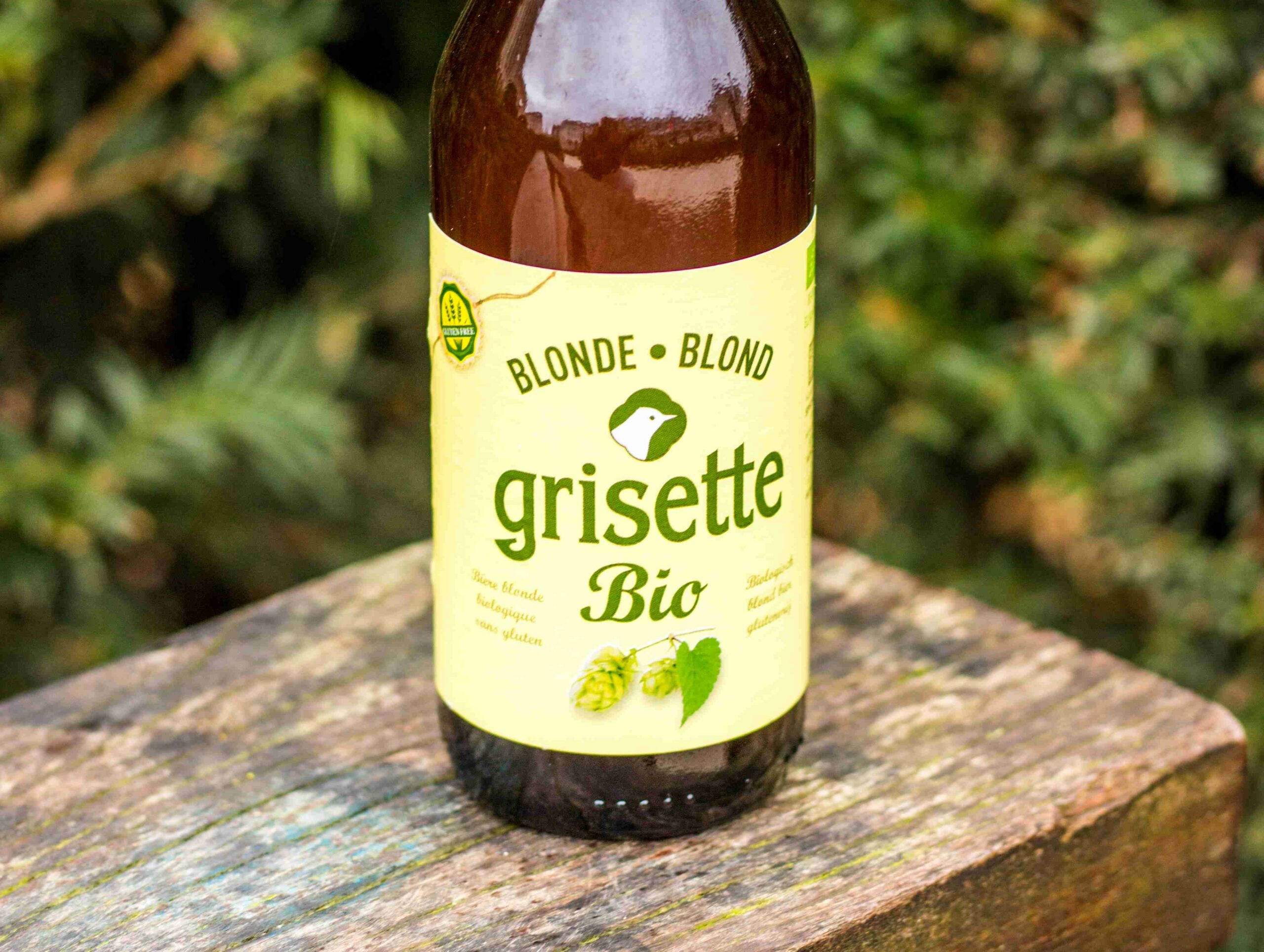
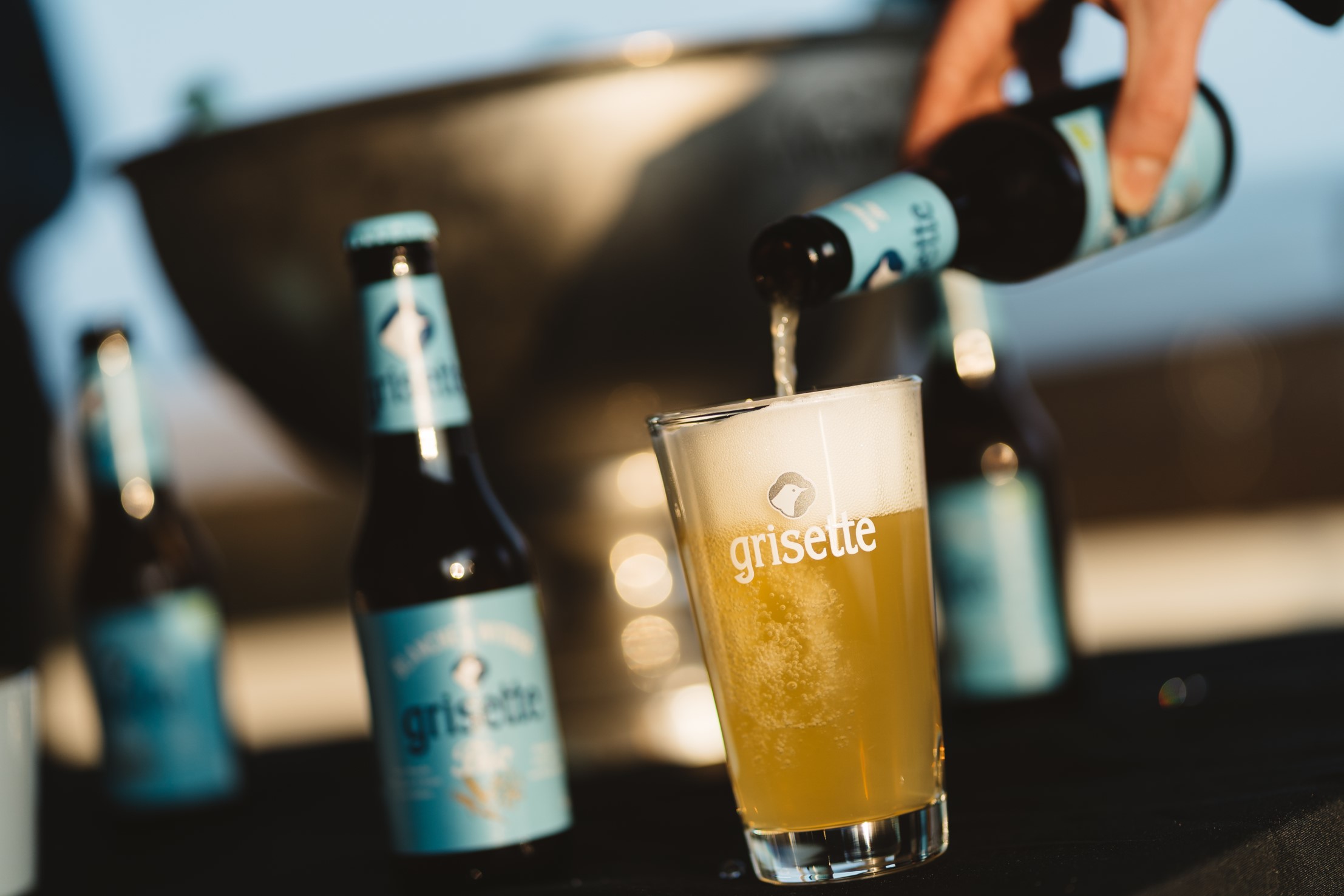
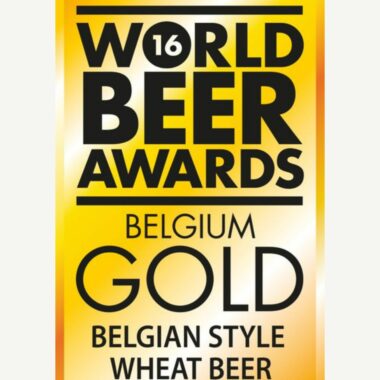
Innovations
The organic range was expanded with the creation of the Grisette Triple , which won silver at the Brussels Beer Challenge in the gluten-free beers category.
As for innovation and in keeping with the heart of our business model, this year saw a logical diversification with the market launch of the St-Feuillien Triple Distilled Malt , a spirit made of triple-distilled beer aged for 6 months in bourbon casks. An exclusive product.
The FIVE a very light and refreshing high-fermentation blond beer that undergoes a second fermentation in the bottle, was created and launched in the signature products range.
The St-Feuillien Quadruple completed the Abbey’s range of beers.
